|
It is hard to believe that one year has passed since I visited Germany. It was a magical trip immersed in breathtaking sights, memorable food and wine and the charming culture of the Franken wine region. I have longed to return and explore Germany’s other wine regions, but thanks to COVID-19, travel will have to wait. The timing couldn’t have been more perfect for a recent delivery this past week of a few Rieslings from Weingut Nik Weis St. Urbans-Hof located in the Mosel wine region of Germany. Sipping these expressive wines was a treat and made me nostalgic for the friends I made and the fabulous wines that I tasted while in Germany. Weingut Nik Weis St. Urbans-Hof is located in the village of Leiwen in the Mosel Valley. It is considered one of Germany’s premier estates with about 45 hectares of vineyards that stretch along the Mosel and Saar rivers making it the second-largest family-owned and operated winery in the Mosel. Nicolaus Weis founded the winery in 1947 and his grandson Nik Weis has been owner and winemaker since 1997. Nik changed the name of the winery from St. Urbans-Hof to Nik Weis - St. Urbans-Hof since family work and tradition are of such importance. Nik said, “For our family, wine has been at the heart of life for generations. Our deep respect for the traditions of our region remains, as ever, the guarantee for the quality of our wines. In our endeavors, we give the highest priority to maintaining the ecological balance of our vineyards, in the belief that as winemakers we must recognize and respect the fragile unity of viticulture and nature.“ This is not my first story or review of wines from Nik Weis - St. Urbans-Hof. To read more about this winery and other wines that they produce, please click “Nik Weis” on the menu at right. Mosel wine region is approximately 139 miles west of Franken. The vineyards here enjoy a continental climate with warm summers and long growing seasons, which contribute to the ripening of the grapes and help to create heightened flavors and low alcohol levels. All grapes are hand-harvested and carried from the vineyards in traditional shoulder-mounted “hottens” (containers) to guarantee optimal fruit quality. Nik stated, “Just as important as the great length taken to deliver the best possible fruit from the vineyard is the careful attention given to the proper treatment of the grapes by cellar master Rudolf Hoffmann. The grapes are lightly crushed, after which they remain on the skins for a short period to ensure the complete release of aromas into the juice. After this, the pulp of skins and juice is gently pressed and fermented in stainless steel tanks at cool cellar temperatures to fully capture the aromas, flavors and delicate natural spritz of the Riesling grape. The wines are then transferred into traditional 1000 litre 'Fuder' barrels for several months to harmonize, after which they are lightly filtered and bottled.” Urban Riesling 2019 Grapes for this wine are sourced from blue-slate vineyards located in the neighboring town of Mehring. I have tasted and reviewed the 2016 and 2017 vintages. The 2019 vintage does not disappoint! As with the past vintages, this wine is quite aromatic. Lovely notes of apple, white flowers, pear and hints of apricot and honey are mouth-watering. The palate offers lush peach, green apple, pear, and a touch of honeydew melon. Lively acidity and minerality add to this refreshing off-dry wine. Serve as an aperitif or with light fare and spicy cuisine. Alcohol: 10% SRP: $13.99 Wiltinger Kabinett 2018 Wiltinger is a village located in the Saar valley. The vineyard is on a site called Schlangengraben. It is noted for its reddish slate soil, a color that is derived from the iron content that adds minerality and spice to the wines. The vineyard was planted in 1905 and is one of the oldest in the entire Mosel region. These old vines have deep roots and produce small berries that create intense, lively, aromatic and complex wines. This wine has a VDP.Ortswein classification, meaning that it comes from a village’s best vineyards. Intoxicating aromas of floral, stone fruit, spice and a touch of smokiness set the stage for this succulent wine. The palate offers peach, apricot, pear, spice and slate minerality blended with crisp acidity. It has depth and structure with a restrained residual sweetness. Serve as an aperitif or with fish, Asian cuisine and white meat.
Alcohol: 9% SRP: $19.99 These wines are beautifully priced and I could drink them all winter long! Hopefully, one day I will be sipping these Rieslings while enjoying the scenery in the Mosel Valley! Until next time… Cheers! Penina To leave a comment or if you have an inquiry, please contact me at [email protected] Over the last few years I have had the pleasure of meeting many dynamic women in the wine industry from around the world. These women hold positions that range from winemakers and winery owners to operations management, business development, marketing and financial planning. They are a rarity in an industry that has been notoriously dominated by men. Happily, the landscape is changing and more women globally are rising to the occasion and making their presence known in the wine world. I was recently invited by Bethany Burke of Taub Family Selections to join a panel discussion and virtual tasting on Zoom, focusing on “The Next Generation of Women In Wine”. Dr. Laura Catena of Bodegas Catena Zapata & Bodegas CARO in Mendoza, Argentina moderated this lively discussion. She was joined by panelists Anne Trimbach, of Trimbach in Alsace, France, Laure Colombo, of Vins Jean-Luc Colombo in Cornas, Rhone Valley, France and Alessia Collauto Travaglini of Travaglini in Gattinara, Piemonte, Italy. These accomplished and talented women were all born into multi-generation family-owned wineries, but their backgrounds and the paths they took before joining the family business are diverse. However, they all share the experience “as women” of assuming an important position and role in their family wineries. Here is an introduction to these amazing women. Also, each panelist selected a wine representative of her family’s estate for us to taste. Dr. Laura Catena Proprietor, Bodegas CARO Mendoza, Argentina Laura is a fourth-generation Argentine vintner, born in Mendoza, Argentina. Her great-grandfather founded the Catena Winery in 1902 after emigrating from Italy. In addition to being the proprietor of Bodegas CARO, Laura is currently managing director of Bodega Catena Zapata. Her path to becoming a vintner in her family’s winery was quite circuitous. Laura graduated magna cum laude from Harvard in 1988 and then earned a medical degree from Stanford University. It wasn’t until 1995 that she joined her father, Nicolas Catena Zapata, in the winery as a winemaker. In addition to authoring two books, Laura splits her time between Mendoza and San Francisco where she practices Emergency Medicine. One of Laura’s many passions is to learn more about high altitude viticulture, the vineyard soil microbiome and wine ageability. In the struggle for female equality in the wine business, Laura said, “There is no male equality either.” As she has witnessed in her winery, “If a man says he needs to go home because his child is ill or he has to make dinner, the boss will respond with ‘Where’s your wife?’ If a woman asks the same thing, it is accepted. There is such a long road still ahead for both women and men. But we are coming from a place of progress and I’m very excited about the future.” Bodegas CARO, CARO 2017 To learn about the collaboration between the Catena family and Domaines Barons de Rothschild that birthed CARO, please read my previous story. Two Cultures + Two Estates = Elegant Wines http://thewineknitter.com/1/post/2020/01/two-cultures-two-estates-elegant-wines.html This wine is a blend of 74% Malbec and 26% Cabernet Sauvignon. The Malbec softens the Cabernet Sauvignon, which is a little bitter. Grapes are selected and hand-harvested from the best blocks of the high altitude vineyards of Mendoza. The wine is aged for 18 months in French oak barrels from Lafite’s cooperage. Aromas of rich red fruit, berries, baking spice and violet segue onto the palate with dark cherry, black raspberry and a hint of dark chocolate on a long finish. Smooth tannins and refreshing acidity are beautifully balanced. Alcohol: 14% SRP: $70.99 Anne Trimbach, Export Manager for Trimbach Alsace, France Anne is the 13th generation and the first woman to “be on the scene” in her family’s winery situated in Alsace, France. Anne grew up in the winery and knew from an early age that she would work there. Her great uncle expressed doubts about her getting into the business. He said, “Oh really, you want to work with us? But you are a woman and how will you manage this? One day you’ll want to have babies.” Anne expressed in relating this story, “I had to prove I was able to.” Her journey involved studying economics in Strasbourg, then spending three years in Dijon. She completed her master’s degree in Burgundy and then interned with a beverage distributor. Anne moved back to Alsace in 2008 and began to formally work as a export manager and Trimbach ambassador. Anne also introduced and developed a presence on social media for the winery. She said, “ The world of wine is about sharing and catching the eye of people. We share our passion for wine and people through videos.” Trimbach “Réserve” Riesling 2017 This is 100% Riesling. Grapes for the Réserve are sourced from old vineyards in Ribeauvillé and surrounding villages with vines 45 to 50 years old. Due to the complexity of the terroir here, some of the finest wines are produced. Anne noted that because of climate change “we are seeing early harvests due to temperatures rising.” Beautiful aromas of floral, peach, grapefruit and a hint of diesel set the stage for this classic. dry Riesling. The palate offers nectarine, green apple, lemon and minerality. This is a vibrant and fresh wine with good aging potential. Alcohol: 13% SRP: 34.99 Laure Colombo, Winemaker at Jean-Luc Colombo Rhône Valley, France Laure is second-generation and grew up in the small village of Cornas where the vineyards were her playground. Laure said, “I escaped the village and didn’t plan to work in wine, I just wanted to live in big cities. I was anxious to leave and travel.” And so she did. After studying commerce at the University of Lille, she traveled to Florida and worked at Disney World Epcot Food & Wine Festival. Laure also worked as a sommeliers assistant at Alain Ducasse’s restaurant in NYC and traveled to New Delhi, India to work with the Grover vineyard. And the list goes on! When she returned to France, Laure interned at Château Haut-Brion while studying for a bachelor’s degree in Viticulture and Oenology in Bordeaux. She then went on to receive her master’s degree in Oenology from the University of Montpellier. Laure said, “By traveling around the world, I learned my roots and I wanted to come back. I finally joined my family in 2010 and little by little I learned to work with the family.” She has been working alongside her parents ever since. For a glimpse and background of Laure’s parents and where she grew up, please click on the link below to read my story. A Hidden Treasure - The WineKnitter http://thewineknitter.com/1/post/2019/03/day-713-a-hidden-treasure.html Jean-Luc Colombo Saint-Peray AOC “La BelleDe Mai” 2018 This wine is a blend of 60% Roussanne and 40% Marsanne. Grapes are hand-harvested from a single vineyard of the oldest part of this small 10-hectare appellation. Laure said, “The grapes are co-planted, harvested and vinified together. The ratio changes from year to year, but normally one half to two-thirds of the Roussane is used in the blend.” Grapes are fermented in oak barrels and the wine is aged on the lees for six months. This is a rich and complex wine with enticing aromas of floral, pear and grapefruit. The palate offers honeysuckle, apricot, peach, a hint of vanilla and citrus zest on the finish. Creamy texture and fresh acidity sate the palate. Alcohol: 14.5% SRP: $29.99 Alessia Collauto, Travaglini Gattinara, Italy Alessia is the fifth-generation of the Travaglini wine family. “Fourth-generation, Cinzia Travaglini, now runs the estate, along with her husband Massimo Collauto, chief winemaker. Their efforts, like the generations before them, have made Travaglini one of Italy’s most recognizable wines and the #1 selling Gattinara in the world. Their children, Alessia and Carolina, are currently involved in the winery, and will be the next generation to run the estate.” Alessia has a degree in Economics and Business Management. She also received her Certificate of Sommelier in 2017. She spends time tending the vines at Travaglini, working in the cellar with her family and also participates in the administration, marketing, sales and promotion of their wines. Alessia stated, “My parents introduced me to the secrets of the vines and situations of everyday business and little by little transferred to my sister and me the passion for wine.” Alessia said that the experience of being a sommelier made her curious not only to open her mind and try the wines but she also said, “Most importantly it made me curious about the vinification of the wine and the stories behind the wine.” Travaglini Gattinara DOCG 2016 This wine is 100% Nebbiolo and is Travaglini’s flagship wine. The small appellation of Gattinara DOCG is known for its rare soil that produces grapes with a unique flavor profile, high acidity and tannins. Alessia said, “The complexity of this wine comes basically from the rocks. Although the wine is complex, it tastes very delicate on the palate.” The wine is aged for three years, two of which age in used Slavonian oak casks. The wine rests for three months in bottle Lovely aromas of rose petals, berries, fennel, baking spice and pepper prep the palate for a rich and inviting wine. Notes of rose, cherries, raspberry, cinnamon, earth and minerality tease the palate. I love the complexity of this wine in addition to its freshness and tannins that talk.
Alcohol: 13.5% SRP: $33.99 It was a pleasure and honor to be a part of this discussion and tasting. I loved their stories, anecdotes and, above all, the inspiration and path that they are creating for more women to enter the wine industry! Until next time… Cheers! Penina To leave a comment or if you have an inquiry, please contact me at [email protected] There is much to be said about the expressive wines of Alentejo. Over the last year or so, I have reviewed many Alentejo wines and written several stories about this diverse wine region. Today, my attention is directed to the Sustainability Program (WASP, Wines of Alentejo Sustainable Program) and five wines from producers who are active members in this program. Alentejo covers one-third of Portugal located in the southern half of the country and enjoys a typically Mediterranean climate with some Atlantic influence. The soil of Alentejo varies throughout its eight sub-regions. In fact, it has the most diverse soil of any region in Portugal. Interspersed amongst the mountains, hills and valleys, one can find soil with clay, limestone, quartz, granite, schist, sandstone and marble. Most of the soils are non-calcareous, meaning they are neutral or more acidic.
Alentejo has 51,000 acres of planted vines that enjoy 3000 hours of sunshine annually. More than 80% of the grapes grown here are red, but whites are gaining momentum, especially Antão Vaz. The wines produced here come in a range of styles, influenced by the diversity of the climate and soil. The Sustainability Program was launched in 2015 by CVRA (Comissão Vitivinicola Regional Alentejana). It’s objective is to reduce costs and increase economic viability through a proactive approach to environmental pressures and social concerns. Some of these initiatives include biodiversity and ecosystems, soil management, renewable energy and water conservation. In just five short years, the WASP program has established Alentejo as one of the world’s most progressive sustainability regions and is being recognized internationally for this award-winning program. WASP began with 96 members in 2015 and has grown to 396 members representing about 45% of Alentejo’s vineyard area. There are currently 1800 grape growers and 260 wineries in Alentejo. According to João Barroso, WASP Director of Sustainability, “Sustainability is the new paradigm of the 21st century. Producers who do not make sustainability a core part of their business model will become progressively outdated, side-lined by consumers and possibly through new intentional policies.” Each wine review ends with a “WASP Highlight”. Casa Relvas Sao Miguel Do Sul Red Blend 2018 A blend of Aragonez, Alicante Bouschet, Trincadeira and Cabernet Sauvignon. Ten percent of the wine is aged in French oak for six months. A bouquet of violet, red and dark fruit lead to a palate of dark berries, cherry and a touch of spice. This is a juicy wine with smooth tannins and fresh acidity. Alcohol: 14% SRP: $12 WASP Highlight: Casa Relvas uses sheep to control weeds during the vegetative rest period of the vineyard, reducing the need for hydrocarbon-dependent herbicides. Esporão Colheita Branco 2018 Harvested from certified organic vineyards, this wine is a blend of Antão Vaz, Viosinho, Alvarinho and a small amount of other grapes. This has refreshing aromas of grapefruit, lemon, and a touch of tropical fruit. A creamy palate (from four months spent on fine lees) blends nicely with tropical fruit flavors, peach and crisp acidity. Alcohol: 14% SRP: $16 WASP Highlight: Herdade do Esporão is one of Portugal’s most progressive wineries. They have led the way with a testing nursery to identify which indigenous grape varieties are best adapted to a changing climate. Herdade Dos Grous Red 2018 This is a nice blend of Aragonez, Alicante Bouschet, Touriga Nacional and Syrah that is aged for nine months in French oak barrels. Delicious aromas of ripe red fruit and spice segue onto the palate with dark cherry, plum and vanilla. Spice and cherry linger on a long finish. Alcohol: 13.5% SRP: $19 WASP Highlight: Herdade Dos Grous has reduced bottle weight across all their wines. Herdade De Coelheiros Coelheiros Red, 2017 This is a 50/50 blend of Aragonez and Alicante Bouschet. It is aged for 12 months in French oak barrels. A nice bouquet of red and black berries, spice and earthy notes envelop the nose. The palate offers blackberry, cherry, spice and pepper with a rich mouthfeel that is balanced with acidity. Alcohol: 14% SRP: $20 WASP Highlight: Herdade De Coelheiros uses bat shelters to encourage bats to make their home here – another natural approach to tackling unwanted insects in the vineyard. Carmim Reguengos Garrafeira Dos Sócios 2014 Alicante Bouschet, Touriga Nacional and Tinta Caiada make up the blend for this robust wine. It is aged for 14 months in French and American oak barrels. Lots of plum, dark fruit and spice greet the nose and segue onto the palate with added notes of blackberry, black cherry, pepper and anise. A perfect balance of acidity and fine tannins add to the lengthy finish. Alcohol: 14.5% SRP: $48 WASP Highlight: Carmim composts all organic waste from the winemaking process (grape pomace and lees) into fertilizer. New additions to the winery include the installation of rooftop solar panels, taking advantage of Alentejo’s abundant solar energy. All of these wines are well priced and very pleasing to the palate. And, for me, it’s a bonus that these producers are making wine with an emphasis on sustainability and moving toward organic farming. Bravo! Until next time... For the past several months my wine glass and I have been touring a variety of wine regions around the globe. It can be a bit challenging when one is doing it from their living room! So, I was ecstatic when the Loire Valley Wines paid a visit to my home bearing gifts of wine and a sumptuous meal! The Loire Valley wine region is France’s third-largest winemaking region. It spans 170 miles and is located in the middle stretch of the Loire River, (France’s longest river) in central France. Loire Valley is also called the “Garden of France” noted for its vineyards, floral gardens, castles and historic towns. There are more than 4000 wineries, and 57,400 hectares of vineyards. The vineyards are situated along the river that stretches from the Atlantic coast to north-central France. Diversity in soil composition and climate along this stretch plays a key role in the production and characteristics of the wine. The Loire Valley is divided into five sub-regions each with its own characteristic grapes, appellations and styles. There are 51 appellations of origin (AOP) and six protected geographical indication (IGP). Most of the wines produced here are pressed from a single varietal as opposed to most classic French wines that are blended. There are 24 grape varieties in the Loire Valley with the vast majority of production being white wine. The leading white varietals are Melon De Bourgogne, Chenin Blanc and Sauvignon. The leading red varietals are Pinot Noir, Cabernet Franc and Gamay. My focus today is on Chenin Blanc. Chenin Blanc (Pineau de la Loire) This versatile grape produces dry, off-dry, sparkling and sweet dessert wines. “Unlike any other grape except Riesling, Chenin Blanc can be vinified in a range of styles from austere, mineral, and refreshing to rich, honeyed, and sweet, and its versatility surpasses Riesling in that it also makes excellent sparkling wine.” loirevalleywine.com I received three bottles of Chenin Blanc representing different styles and sub-regions of the Loire Valley. These wines were paired with a beautiful dinner prepared by Chef Bernard Bouissou of Bernard’s Restaurant located in Ridgefield, CT. Thanks to Loire Valley Wines, my dinner was ready for curbside pickup in keeping with “safe dining” during COVID-19. The appetizer was Warm Goat Cheese Salad with mixed greens, caramelized walnuts & pears. For the main course Chef Bernard made a mouthwatering Roast Halibut Filet with carrot risotto, asparagus, sugar snap peas and chanterelle chive sauce. I tasted all of the wines with each course and my palate was singing! La Forcine Vouvray Demi-Sec AOP 2018 Vouvray is located in the sub-region of Touraine and is especially noted for demi-sec, sparkling and sweet wine production. This particular wine is 100% Chenin Blanc, harvested from soils dominant in limestone- rich tuffeau. (A porous limestone that contributes to acidity in the grapes.) This off-dry wine has intoxicating aromas of floral, candy apple and a hint of citrus. A lush palate of apples, pear, honeysuckle, melon and citrus are well balanced with this mineral-rich and zesty acidic wine. It was a winning combination with the savory goat cheese! Pair with fish, white meat, cream sauces and savory cheese. Or enjoy it as an aperitif! Alcohol: 12.5% SRP: $13 Domaine de L’Echantoir “Terres Blanches” AOC 2018 This 100% Chenin Blanc is hand-harvested from certified organic vineyards in the Saumur sub-region. Vineyards are scattered over limestone slopes and are exposed to a temperate maritime climate. This wine is matured for eight months on lees in concrete vats. Lovely aromas of white flowers, apricot and white fruit lead to a palate of pear, citrus, honeysuckle and a hint of anise with vibrant acidity. This paired well with both courses and I especially enjoyed it with the halibut. Serve with seafood, shellfish, salads and cheese. Alcohol: 13% SRP: $19 Château D’ Epiré Grand Cru D’Anjou 2017 AOC and (Appellation Savennières Controlee) Chenin Blanc is the only grape allowed in Savennières appellation, which is located in the Anjou sub-region. Grapes are hand-harvested from sandstone shale soil that contributes to the minerality and freshness of this wine. A mild climate and the benefits of south, southwest exposure adds to the grapes’ optimum ripening. 18+-year-old oak barrels are used to age the wine for nine months. Soft white fruit aromas, citrus, floral, and honey open to succulent flavors of white grapefruit, honeysuckle, peach, minerality and fresh acidity. Aromas persist on the palate through to the finish with a hint of citrus zest at the end. This was a rich and enjoyable wine to drink with both courses. Pair with appetizers, seafood, white meat, grilled veggies.
Alcohol: 13% SRP: $24 Thank you to Loire Valley Wines for this special “dining in” experience. My wine glass and I are on cloud nine! Until next time… Cheers! Penina To leave a comment or if you have an inquiry, please contact me at [email protected] There is a rumor circulating that I’ve been having an ongoing love affair with Sicily. I must confess it is true and it can be confirmed by all the stories I’ve written about this magical island throughout the past several years. The wines of Sicily never cease to impress me. And the fiery passion and pride of the vineyard owners and winemakers are awe-inspiring. Sicily is the second-largest wine-producing region in Italy with Puglia being first. However, Sicily takes first place for the actual number of vineyards in a region and with so many wineries spread throughout the island, exploration is endless. Since travel is on the back burner for now, my visits to Sicily for the foreseeable future will be through the amazing wine samples that I receive. My latest wine delivery is Mandrarossa, a brand created by Cantine Settesoli located in Menfi, on the southwestern side of the island. Cantine Settesoli was founded in 1958 and is the largest winery in Sicily. It is a source of ongoing research and innovative ideas. I had the pleasure of visiting the estate and tasting an array of wines from their portfolio a few years ago. However, I didn’t have a chance to taste Mandrarossa wines. So, I was quite excited to open these bottles. Mandrarossa is Settesoli’s top brand and it emerged in 1999 after an ambitious team of industry experts got together and spent over 20 years in a mission to create high-quality wines of both indigenous and international varieties from Sicily. Their goal was to “produce wines that represent the true essence of the territories they come from.” They spent years studying soils and microclimatic conditions that eventually led to identifying top estates (the ideal habitat) with the best variety/terroir combinations for allowing each grape variety to fully express its potential. “Since 2014 an international team of agronomists and soil experts, together with Mandrarossa enologists, have carried out a scientific study on limestone soils and this has defined them a micro-region with a high-quality potential. The mapping of these soils has revealed wonderful vineyards where it is possible to grow local grapes generating wines such as “Bertolino Soprano” and “Terre del Sommacco”, the new wines of Mandrarossa Contrada.” Mandrarossa vineyards stretch across these limestone soils on intense sun-soaked slopes with cool sea breezes. These factors contribute to the authentic expression of the terroir. Grillo (white) and Nero d’Avola, (red) are indigenous grapes of Sicily. Nero d’Avola (Calabrese) is considered the number one Sicilian red and has been enjoyed since the end of the 17th century. It is one of the oldest indigenous grapes of Sicily and the most widely planted red variety. Nero d’Avola fills approximately 18% of vineyards. Grillo, one of Sicily’s best-known grapes, is found throughout western Sicily and is noted for its citrus flavors, sweetness and mild acidity. Due to the grape’s high sugar levels, it is ideal for the production of fortified wines. Historically, Grillo was used in the production of Marsala wine but Catarratto has now taken the lead. And due to the innovation of new winemakers, Grillo has a wide range of styles, from crisp and savory, to structured and mature. It is interesting to note that in 1848 Grillo became a hybrid of Zbibbo and Catarratto. Bertolino Soprano Grillo Sicilia DOC 2017 The grapes for this 100% Grillo are sourced from vineyards along the southwest facing hills of Menfi at 482 feet above sea level. Sea breezes and limestone soils contribute to the character and uniqueness of this wine. After fermentation, the wine ages for one month in steel and concrete vats. Further aging of 11 months takes place in large oak barrels. Engaging aromas of floral, stone fruit and delicate citrus notes set the stage for this crisp, fruit-driven wine. The palate offers fresh stone fruit with an emphasis on peach, including notes of citrus and minerality. It has a lengthy finish with a lingering touch of lemon and peach. Enjoy as an aperitif or pair with appetizers, grilled fish, light pasta and vegetables. Alcohol: 12.5% SRP: $42.99 Terre Del Sommacco Sicilia DOC 2016 This is 100% Nero d’Avola with grapes sourced from limestone vineyards along the southwest facing hills of Menfi, 1,017 feet above sea level. This wine is aged for eight months in steel and concrete vats followed by 19 months in large barrels. A minimum of eight months is spent in bottle before release. On the nose, it is very aromatic with dark fruit, black cherry, baking spice and a hint of herbs. The palate is layered with juicy ripe berries, plum, black cherry, spice and a touch of earth. This is nicely structured with fine tannins and refreshing acidity. It will pair beautifully with roasted meat, game, stews and seared tuna. Alcohol: 14% SRP: $49.99 Both wines are a beautiful expression of the wine-growing area of southwestern Sicily. Curious as to how the pandemic and global warming may have impacted production, Filippo Buttafuoco, chief agronomist at Mandrarossa responded to my inquiry. “In Sicily, we haven’t faced major problems with global warming. We are fortunate to have a regular climatic trend and fresh sea breezes that ensure minerality, freshness and correct development of the grapes’ production.” “COVID-19 has had no real effects on the vineyards; nature has not stopped. Our winegrowers continue to take care of the plants and in about 20 days we will start a harvest that promises to be extraordinary.” As you can see by the photo, all precautions are taken and masks are mandatory, even in the vineyards. I look forward to the day that I’m allowed to travel again. I can’t wait to return to Sicily and be swept away by this captivating island!
Until next time… Cheers! Penina To leave a comment or if you have an inquiry, please contact me at [email protected] Who says I can’t travel? Whether it’s preparing a regional dish or pouring a glass of wine, tasting the expressions and nuances of a wine region is the next best thing to being there. Three years ago I was a guest of Donnafugata, an iconic and impressive winery in Sicily. My three-day visit with the Donnafugata team was memorable and my palate was introduced to an array of wines and mouth-watering cuisine. While staying at the Contessa Entellina estate, José Rallo (fifth-generation of this family-owned company) and Antonino Santoro, (winemaker) guided us through a notable selection of wines, one of which was Anthìlia, DOC, 2016. I was not a stranger to many of the wines, but it was the first time I tasted their Anthìlia and it was heavenly. Looking back at my notes from that morning, I wrote, “This wine has a beautiful fruity and floral bouquet with a palate of stone fruit, soft citrus and the sea.” From time to time I receive samples of Donnafugata wine and it always transports me back to the magical island of Sicily. So, I was very excited when a bottle of Anthìlia arrived a few weeks ago. I hadn’t had this particular wine since my visit with Donnafugata. Anthìlia DOC 2019 Lucido (Cataratto) is the dominant grape in this wine and is blended with other autochthonous and international grapes. The grapes are fermented in stainless steel and then aged in tanks for two months. Before release, the wine spends at least two months in bottle. This wine is just how I remembered it three years ago! Seductive aromas of floral and stone fruit segue onto the palate with peach, apricot, citrus, a dash of salinity and refreshing acidity. Every sip transported me back to Sicily! Enjoy as an aperitif or with light pasta, seafood and salads. “It is the first wine to have been conceived at Donnafugata and still remains to this day in the hearts of many admirers.” Alcohol: 12.5% SRP: $17 I enjoyed this wine with a simple pasta dish made with sautéed zucchini, red pepper, lemon and herbs. It is topped with grated Parmesan and extra virgin olive oil. If you would like the recipe, please email me. In addition to my pasta dish, here are two recipes courtesy of Donnafugata in the hopes of inspiring you to bring a touch of Sicily into your home. They pair beautifully with the Anthìlia. Spaghetti In Zucchini and Ricotta Sauce Time 50 minutes Difficulty Intermediate Ingredients
Rinse the zucchini, cut off the ends and thinly slice. Heat the oil in a saucepan that can hold the pasta and lightly brown the peeled, lightly crushed cloves of garlic. When the garlic has colored, discard and add the zucchini. Keeping heat high and mixing continuously, fry them until they turn golden and then salt. Put the ricotta into a deep serving bowl and mash with a fork to reduce it to a cream. Cook the spaghetti al dente, drain and cook over high heat in the saucepan with the zucchini. Pour into the serving bowl with the ricotta, add the grated cheese, a generous amount of freshly ground pepper, and minced basil leaves. Mix well and serve piping hot. Shrimp Flavored with Lemon Time
45 minutes Difficulty Low Ingredients (4 serves) 800 gr freshly caught shrimp extra virgin olive oil parsley pepper salt juice of 2 freshly harvested lemons. Instructions Peel the shrimp without washing them; flavor them one hour before serving with salt, pepper and chopped parsley. Add the oil and marinate. Five minutes before serving the shrimp, add the lemon juice. Recipe from Salvo La Rosa – Ristorante “La Siciliana” – Catania Chill the wine, prepare a meal and bring Sicily into your home for an evening! Until next time… Cheers! Penina To leave a comment or if you have an inquiry, please contact me at [email protected] If you are searching for red, white and sparkling wines to serve this summer, look no further. This trifecta of easy-drinking wines will certainly put a smile on your face and entertain your palate. These wines are produced by Pasqua Vigneti é Cantine located in Verona, Italy. In January of 2019, I had the pleasure of dining with Riccardo and Alessandro Pasqua, who represent the third-generation of this family-run winery. And ever since then, I have been reviewing and enjoying their collection of wines. Please click on the menu at right to read reviews and learn about the history of this winery. As I’m sure you know, Verona is renowned as the setting for Shakespeare’s Romeo and Juliet. The label for Pasqua’s Romeo and Juliet PassioneSentimento and Prosecco was inspired by Shakespeare’s star-struck lovers and is a tribute to “all great passions, just like our family’s passion for wine”. The label is a photograph of the messages left daily by visitors that are posted to a 20-foot wall outside of Juliet’s house on Cappello Street in Verona. Riccardo and Alessandro felt “it was important for the label to equate Verona with Italy”. And when it comes to making these wines, Pasqua is definitely showing lots of creativity in the winemaking process. Alessandro said, “The Rosso breaks about 10 rules!” Romeo & Juliet PassioneSentimento Bianco, Veneto IGT 2018
This wine is made from 100% Garganega grapes. Using the appassimento technique, the grapes are left to dry for a short time in crates to enhance the sugar and floral aromas prior to maceration and fermentation. Part of the wine is aged for a few months in French oak and then blended. Lovely floral aromas mingle with notes of citrus, peach and pear that continue onto the palate with stone fruit, and a hint of apricot and melon. This wine is dry and quite refreshing with good structure, crisp acidity and a lingering finish. Serve as an aperitif or with light fare. Alcohol: 13% SRP: $16 Romeo & Juliet PassioneSentimento Rosso, Veneto IGT 2017 This wine is a blend of 40% Merlot, 30% Corvina and 30% Croatina grapes that are hand-harvested from the eastern area of Valpolicella. Like the Bianco, this is an appassimento-style wine. After harvesting, the grapes are dried in wooden crates for a few months to achieve a high sugar concentration. Because the grapes have different aging times, vinification takes place separately in steel tanks and then is blended and aged in oak barrels for three months. Alessandro Pasqua says, “This is a fun wine, inside and out”. This wine starts with a heady bouquet of berries, rose and baking spice. The palate is layered with juicy cherry notes, plum, pomegranate, anise and a hint of chocolate and spice that lingers on a long finish. It is dry and beautifully balanced with silky tannins. Serve with grilled meat, game, stews and aged cheese. Alcohol: 14% SRP: $16 PassioneSentimento Prosecco Treviso Spumante Brut, DOC This sparkling wine is made with 100% Glera grapes harvested from vineyards in the premium Conegliano subzone of Treviso. It is made using the Charmat method where the second fermentation takes place in large stainless steel tanks. What makes this Prosecco different is that the wine remains in the tank for 60 days, which is double the aging period typically identified with Prosecco production. The result offers a much finer and more elegant perlage. This Prosecco is quite aromatic with fresh fruit, pear and a touch of floral. The palate offers pear and green apple with a hint of minerality and citrus zest on the finish. This is a refreshing and balanced wine with persistent bubbles and crisp acidity. Serve as an aperitif or with appetizers or shellfish. Alcohol: 11% SRP: $16 I think you will find these wines suitable for just about any occasion. And the quality to price ratio is impressive! Until next time! Cheers! Penina To leave a comment or if you have an inquiry, please contact me at [email protected] Napa Valley might be one of the smallest winegrowing regions in the world, but it is renowned for its vineyards, wineries, and of course, wine! The Napa Valley AVA (American Viticultural Area) became California’s first American AVA in 1981. There are approximately 46,000 vineyard acres and over 400 wineries spread across 16 AVA appellations. Napa Valley AVA is only 30 miles long and five miles across at its widest point. Although this is a dry Mediterranean climate, within the appellations and its sub-appellations there are diverse microclimates and terrain that contribute to the grapes distinct characteristics. There are more than 34 grape varieties grown here with Cabernet Sauvignon being the most planted and Chardonnay the second. Tony Coltrin is the winemaker for Oberon Wines, which is part of the Michael Mondavi Family portfolio. Tony was born in St. Helena and is a lifelong resident of Napa Valley. Earning his oenology degree at UC Davis, he has worked in the wine industry for over 45 years. He began his career with Robert Mondavi Winery. In fact, Tony is noted for his winemaking efforts on the first vintages of Opus One as well as Robert Mondavi’s Fume Blanc. I love this quote from the Oberon website. Tony says, “Being a winemaker is not something I do every day; being a winemaker is who I am every day.” Having the advantage of being a lifelong resident, Tony knows every expression of the valley and specifically which sub-zones produce Bordeaux grapes that are exceptional. His lifelong relationships with growers throughout Napa Valley are the very essence of Oberon’s quality and consistency. Tony selects top quality fruit year after year from the finest winegrowing regions throughout Napa. I received four Oberon wine samples representing Napa Valley and Tony’s gift for winemaking. All the wines are cellared and bottled by The Michael Mondavi Family, Napa, CA. Sauvignon Blanc Napa Valley 2019 This is a blend of 75.6% Sauvignon Blanc and 24.4% Sauvignon Musqué. The grapes are sourced from the warm Pope Valley and cool Carneros appellations. Both cold tank fermentation and 13% barrel fermentation are used to maximize the overall fruit expression. “The cold-fermentation in-tank helps us maintain the pureness of fruit and aromatics, and barrel fermentation adds a subtle creaminess and length.” Floral, pear, melon and lemon aromas open to a palate of pear, honeydew, green apple, a hint of herbs and crisp acidity. The oak fermentation adds depth and richness along with a touch of creaminess. Enjoy as an aperitif or pair with seafood, grilled white meat, veggies and pasta salads. Alcohol: 13.7% SRP: $19 Chardonnay Los Carneros 2018 This is a blend of 99.7% Chardonnay and 0.3% Muscat. The grapes are sourced from cool, breezy, sun-drenched, western facing slopes of Los Carneros. After barrel fermentation the wine is aged in 33% new French oak for seven months. A bouquet of white flowers, pear and honey lead to a rich palate of pear, honeysuckle and apples with vanilla and caramel lingering on the finish. Fresh acidity and balanced fruit add to the expression of this wine. Enjoy as an aperitif or serve with fish, light pasta, grilled veggies, or Mediterranean fare. Alcohol: 13.7% SRP: $22 Merlot Napa Valley 2017 This is a blend of 87.7% Merlot, 10.9% Syrah and 1.4% Zinfandel. The grapes are sourced from the Oakville district. An extended maceration naturally softens the tannins and long fermentation in French oak barrels and 12 months of barrel aging. This wine has luscious dark fruit aromas that segue onto the palate with dark berries, plum, dark cherry and mocha. This is a well-structured wine with silky tannins and elegant notes. Pair with grilled meat, roasts, stews, or seared tuna. Alcohol: 13.9% SRP: $23 Cabernet Sauvignon Napa Valley 2018 This wine is a blend of 92.7% Cabernet Sauvignon and 7.3% other blending varietals. Grapes for this wine are sourced from Napa’s outstanding areas such as Rutherford, St. Helena, Oak Knoll, Yountville and Pope Valley. Taking the different expressions from each area and layering the fruit, Tony has created complexity and richness in this wine. It is aged for 13 months in 45% new French oak barrels. Lovely aromas of violet, lush dark fruit and a touch of baking spice set the stage for this elegant and expressive wine. The palate offers layers of dark berries, plum, black cherry, spice and a hint of anise. Dark cherry and bittersweet chocolate linger on a long finish. This is a well-structured wine with silky tannins and richness. Serve with grilled meat, hearty fish, pasta, or hard cheese.
Alcohol: 13.7% SRP: $25 These are complex and expressive wines and they can be enjoyed all year round. I know what I’m adding to my “pour list”. Until next time… Cheers! Penina To leave a comment or if you have an inquiry, please contact me at [email protected] When last I wrote, my wine glass and I were enjoying wines from the Russian River Valley, California. However, before I leave this golden state, I have two more wines to taste. The Federalist is a wine brand created by wine producer Terlato Wines that was launched in 2010. It features a range of wines sourced from several AVAs such as Lodi, Sonoma County and North Coast. All the wines are cellared and bottled by Federalist Vineyards. The Federalist pays homage to the Founding Fathers, Statue of Liberty and the American Bald Eagle with etched portraits on each bottle. “Born from the virtues of every forward-thinking, hard-working, red-blooded American, this is The Federalist. This Is American Craft Wine.” I received two samples from the The Federalist portfolio. Chardonnay 2018 This 100% Chardonnay is sourced from vineyards in Mendocino County. It is the only white wine The Federalist produces. The wine is aged in 35% new American and Hungarian oak, with a touch of French. The Hungarian oak contributes to the wine’s spicy character and the American oak rounds it out with a sweeter finish. This wine opens with enticing aromas of citrus, floral, apple and baking spice. The palate is layered with juicy pear, apple, sweet spice and a hint of cinnamon. It is rich and creamy with a surprisingly long finish. Serve as an aperitif or with light fare. Alcohol: 14.5% SRP: $23 Bourbon Barrel-Aged Cabernet Sauvignon 2017 This 100% Cabernet Sauvignon is sourced from vineyards in Lodi. The wine was aged for six months in American oak and then another six months in charred bourbon barrels. Lots of fresh red fruit aromas mix with smoke and spice. The palate offers juicy fruit, raspberry, cherry, smoke, spice and vanilla. This is a well-balanced wine with smooth tannins and just the right amount of acidity. Serve with grilled meat, summer salads, veggies and spicy cuisine.
Alcohol: 14% SRP: $21.99 Stay tuned for more adventures of the traveling wine glass! Until next time… Cheers! Penina To leave a comment or if you have an inquiry, please contact me at [email protected] Many of us are dreaming of places we’d like to travel to but can’t right now so instead, we are navigating through websites, movies, books and food to vicariously enjoy an otherwise unattainable and hopefully, short-lived situation. I have been traveling far and wide exploring wine regions around the world, one glass at a time. Today my wine glass and I are off to sunny California to taste Ron Rubin wines. Ron Rubin Ron Rubin is no stranger to wine. Having grown up in the wine/spirit wholesale business that his father started in 1950 in Illinois, Ron decided to pursue a degree in viticulture and enology at UC Davis in the early 70s. Bitten by the bug of California wines, Ron started adding wines to the company portfolio. Ron recalled, “The salesmen could not understand how to sell these wines. What I learned early on was that I needed to take our team to California, visit the wineries, learn, and then come back to sell the wines. It worked.” It wasn’t until late 2011, that Ron fulfilled a 40-year dream and purchased River Road Family Vineyards and Winery in the Green Valley AVA, a subzone of Sonoma’s Russian River Valley. The winery sits in the mid-slope “sweet spot” of the Green Valley. Green Valley – Russian River AVA Although Green Valley is one of the smallest appellations in Sonoma, it is the most consistent of any North Coast appellation in terms of soil, climate and flavor. Its trademark is the fog and Goldbridge soil. The fog that originates at the Petaluma Wind Gap in the coastal mountains defines Green Valley. Due to Green Valley’s proximity to the gap, this is the first place that the fog rolls in and the last place to burn off. Because of this, Green Valley encounters cooler morning temperatures for a longer period, more so than the northern parts of the Russian River. Temperature shifts are subtler here and the cool marine climate, cooler daytime readings and long growing season allow the grapes to slowly develop character and flavor as well as retain acidity and balance of sugars. This, in turn, adds to the complexity, aromas, lower alcohol and freshness of the wines. Goldridge soil is the most predominant type of soil here. It is 60% sand, 10% clay and 30% silt particles that are the remains from an ancient inland sea dating back three to five million years ago. The soil consists of a top layer of fine sandy loam that covers a subsoil of sandy loam and fractured sandstone. The soil provides good drainage and excellent, natural chemical balance. This is a perfect growing environment for cool-climate grapes such as Pinot Noir and Chardonnay. River Road Vineyards/Ron Rubin Winery The winery has nine acres of vineyards of which 6.5 acres are devoted to growing Pinot Noir and 2.5 acres are for growing Chardonnay. Ron also buys fruit from a carefully chosen handful of growers, three of whom have been selling fruit to the winery for decades. The winery is both SIP (Sustainability in Practice) Certified and Certified Sustainable by the California Sustainable Winegrowing Alliance. With his head winemaker, Joe Freeman, Ron produces two well-defined brands, Ron Rubin Wines and the River Road collection. I received seven bottles of wine representing both brands. River Road Collection Most of the wines in this portfolio are priced from $14-$20, with the exception of a Pinot Noir priced at $30. The portfolio includes an extensive range of wines established by the winery’s former owners. Ron believes that good wine should be accessible, “exceptional wines at a great value.” A signature of this collection is its easy drinking style. Ron says, “I’m a fan of low alcohol wines. I keep the alcohol in check to produce elegant wines that you can enjoy, glass after glass.” Un-Oaked Chardonnay 2019 Chardonnay grapes are sourced from both estate-owned and family-owned vineyards. This is a fresh, light wine with nice aromas of citrus and hints of honeysuckle. A palate of green apple, grapefruit, pear and crisp acidity makes this quite refreshing. Alcohol: 12.5% SRP: $14 Reserve Chardonnay 2018 Chardonnay grapes for this wine are sourced from the Russian River Valley. The wine is aged in both oak barrel and stainless steel tanks. Floral, pear and vanilla aromas segue onto the palate with hints of citrus, apple, peach and lemon zest on the finish. Bright acidity and a creamy mouthfeel blend well together. Alcohol: 13.7% SRP: $18 Reserve Cabernet Sauvignon 2018 Cabernet Sauvignon grapes are sourced from the Alexander Valley. This wine is aged for nine months in French and American oak barrels. A juicy bouquet of berries, plum and baking spice continue onto the palate with blackberry, strawberry, dark cherry and toasted oak. Fresh acidity rounds out the palate with a smooth and pleasant mouthfeel. Alcohol: 13.9% SRP: $25 Pinot Noir Stephanie’s Cuvée 2017 Pinot Noir grapes are sourced from Green Valley and the wine is aged in 20% new French oak barrels. This wine opens with a bouquet of ripe red fruit, floral, baking spice and a touch of blueberry and raspberry. The palate offers lush blackberry, raspberry, spice, cocoa and a dollop of dark cherry and vanilla on the finish. It is a smooth blend of fresh acidity and tannins. Alcohol: 14.3% SRP: $30 Ron Rubin Collection These wines are mostly made with Russian River fruit made from blends of different estates that add complexity and consistency from year to year. Winemaker Joe Freeman says, “Differences in terroir are more important with Pinot Noir. For Chardonnay, it’s the clones that have more impact.” The wines carry a price tag of $14-$25. Pam’s UN-Oaked Chardonnay 2018 When Ron Rubin bought the winery, his wife Pam asked him to please make an un-oaked version of her favorite white grape, Chardonnay. Ron and Joe Freeman set to work and one year later, Pam’s UN-Oaked Chardonnay made its debut. The grapes for this wine were sourced from Clarksburg, Lodi and Mendocino County. This is a fresh fruit, off-dry wine with plenty of juiciness and moderately low-alcohol. Citrus, lots of pear, sweet apples and nectarine envelop the palate. It is balanced with just the right blend of alcohol, acidity and sugar. And yes, there is the slightest hint of effervescence Alcohol: 12.5% SRP: $14 Ron Rubin Russian River Valley Chardonnay 2018 Grapes were sourced and handpicked from an intricate blend of clones in the winery’s favorite vineyards. The grapes were barrel fermented with a mix of French and American oak. After fermentation, the wine was aged for over six months in oak barrels with another six months or so in the bottle. Pear, tart apples and baking spice greet the nose with an abundance of juicy pear, apples, honeydew and hints of minerality that entertain the palate. A creamy texture with a balance of bright acidity adds to the structure of this wine. Alcohol: 13.7% SRP: $20 Ron Rubin Russian River Valley Pinot Noir 2017 This wine is made mostly from Green Valley grapes grown on the estate with some grapes acquired from a few local, family vineyards. The wine was aged in new French oak barrels. Aromas of ripe red fruit, sweet spice, cherry, berries and a hint of herbs lead to a palate of sour cherry, cranberry, ripe red fruit, vanilla and a touch of earth. Soft tannins and crisp acidity round out this fruit-driven wine.
Alcohol: 13.7% SRP: $25 All of these wines are light, food-friendly and price approachable and they are fun to drink. Pour a little California sunshine in your wine glass! Until next time… Cheers! Penina To leave a comment or if you have an inquiry, please contact me at [email protected] |
Categories
All
|

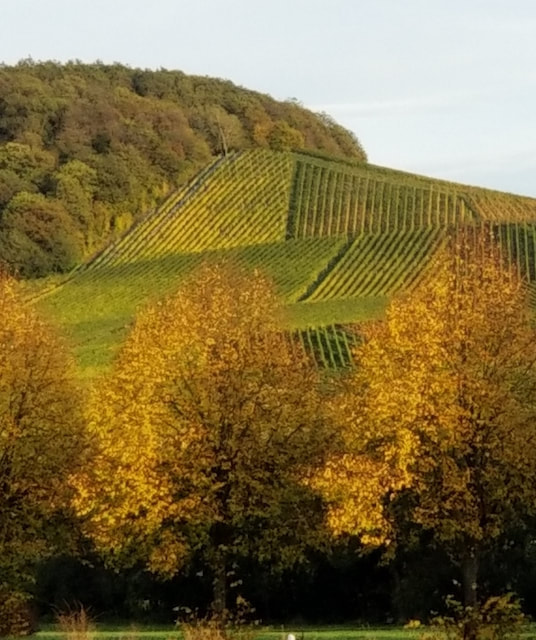
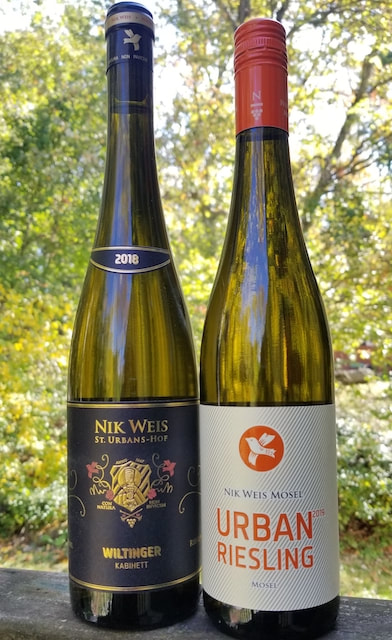
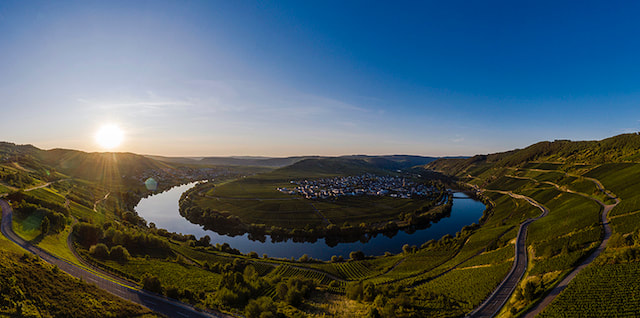
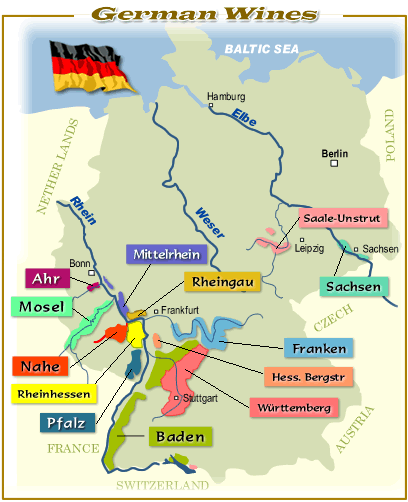
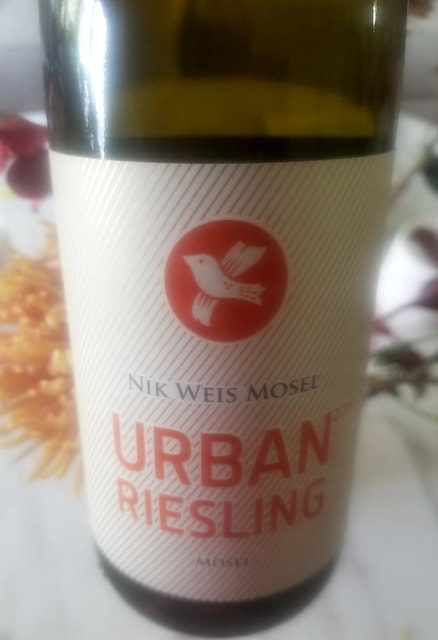
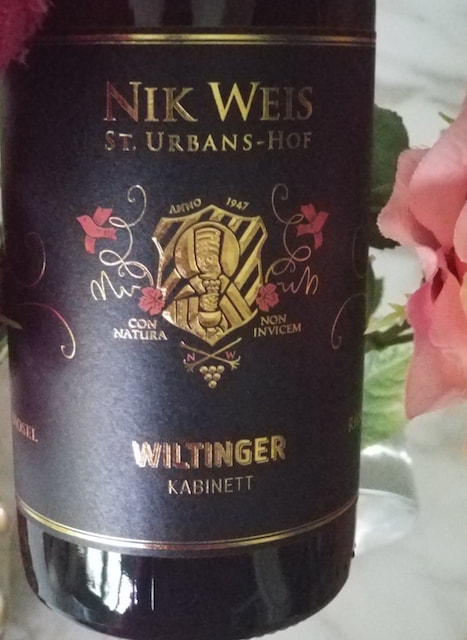
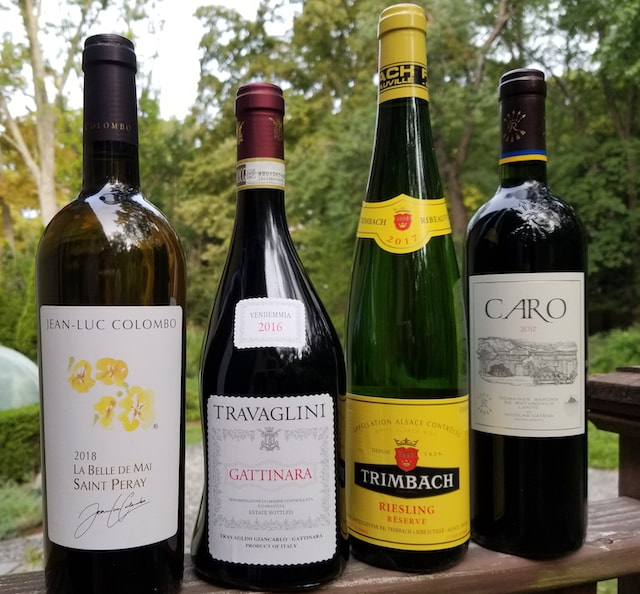
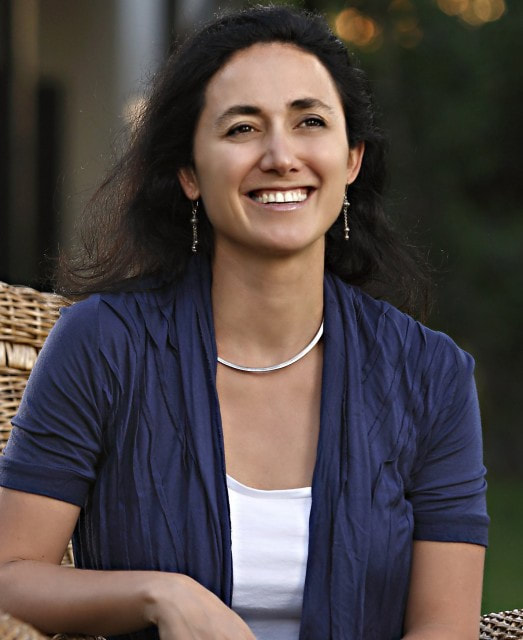
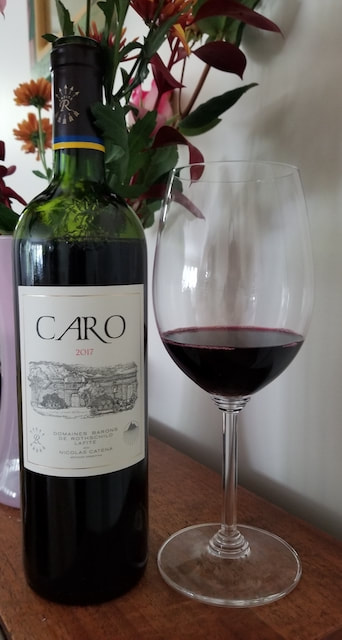
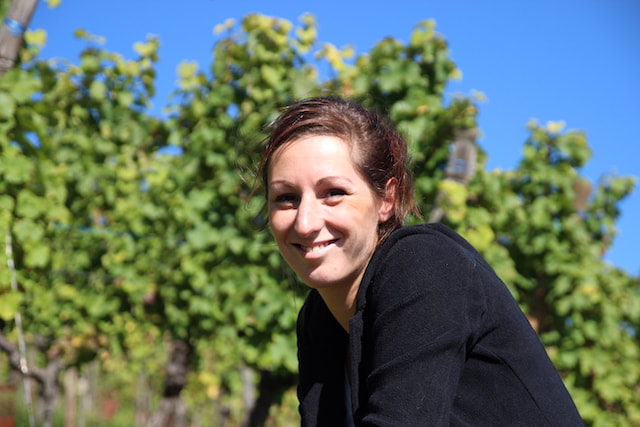
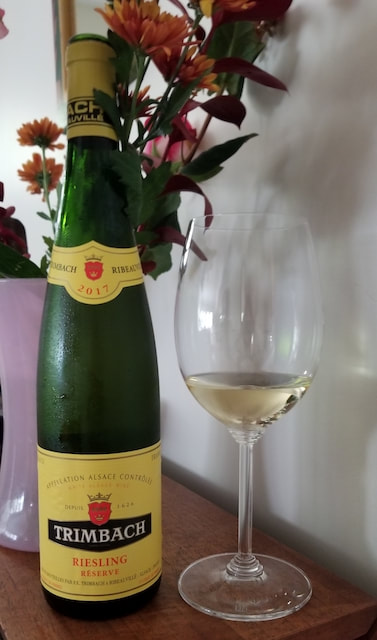
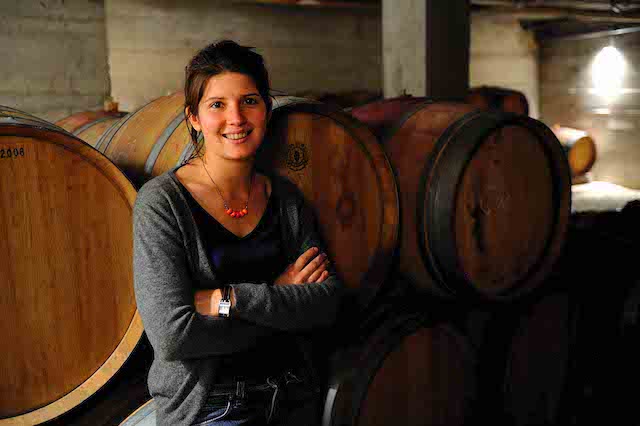
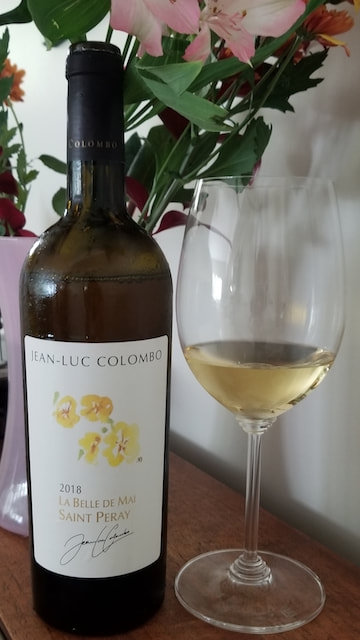
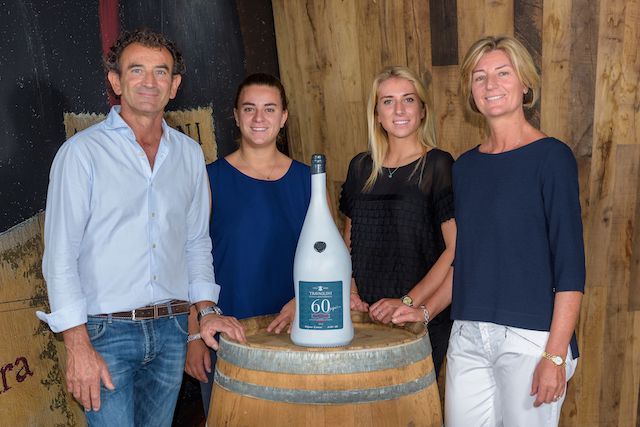
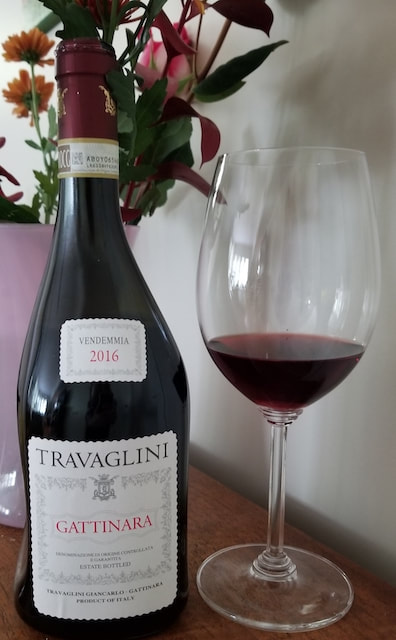
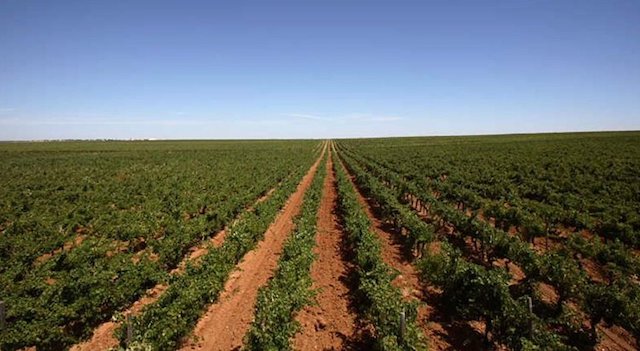
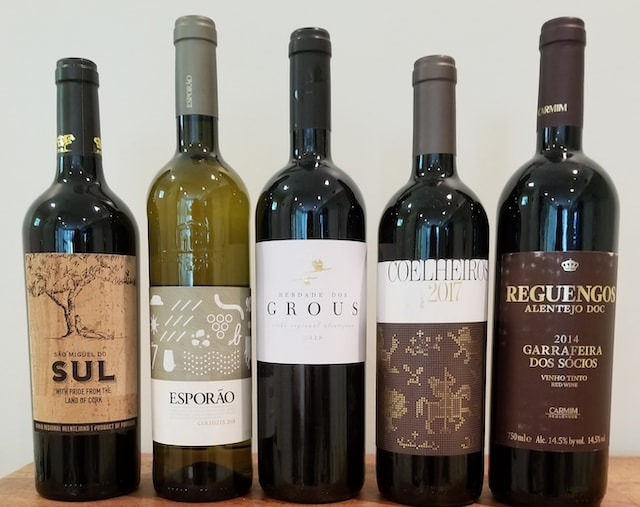
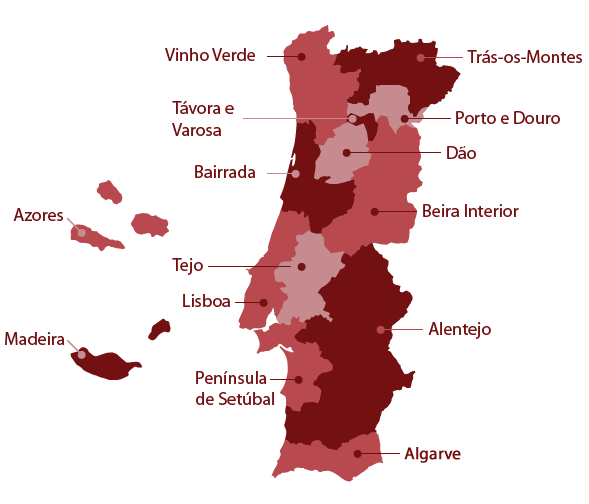
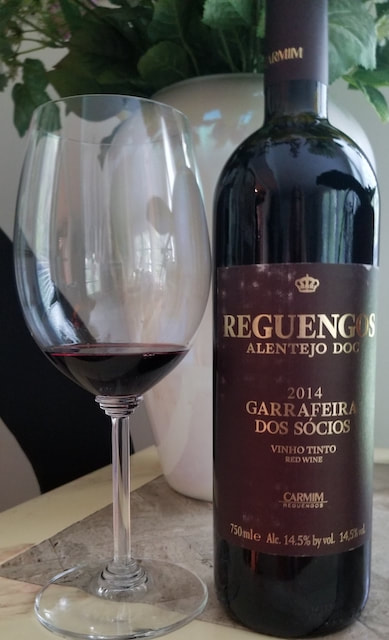
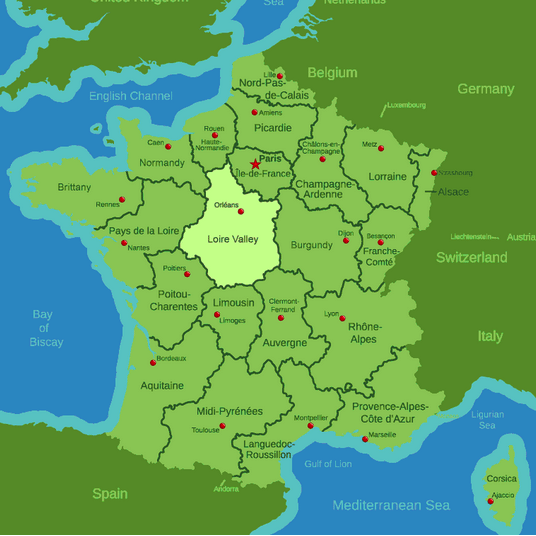
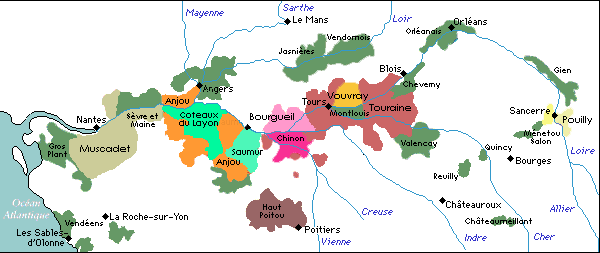
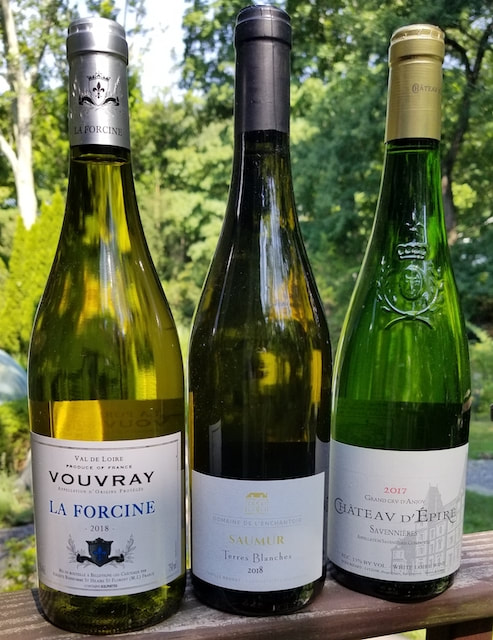
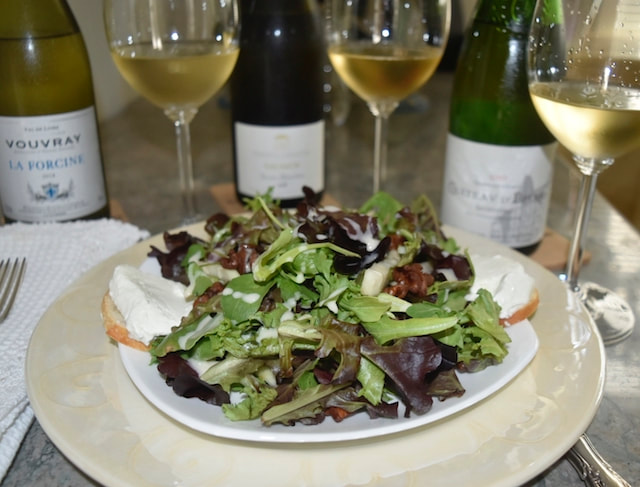
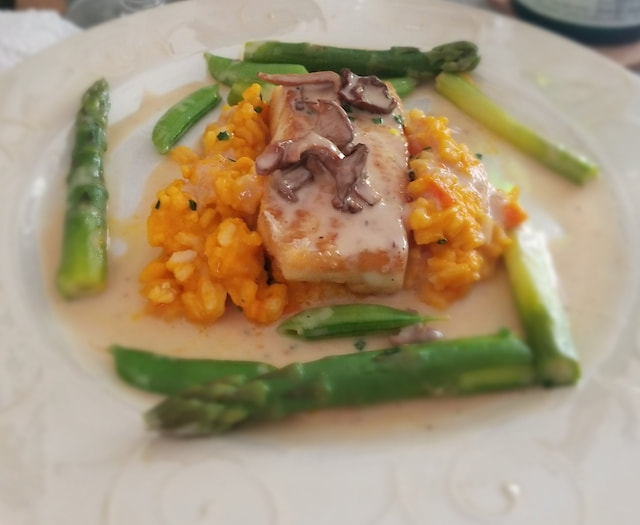
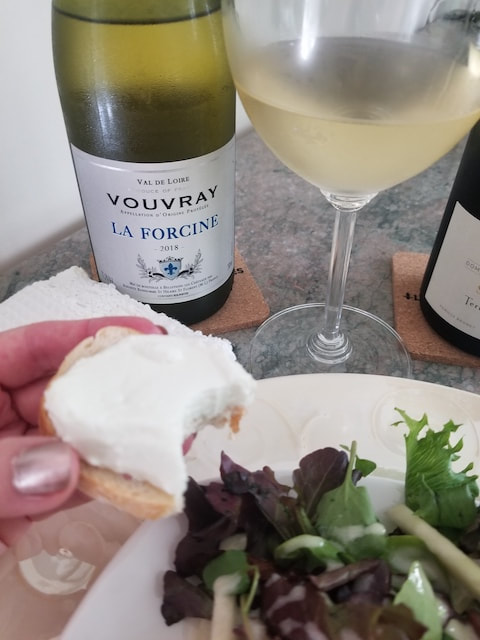
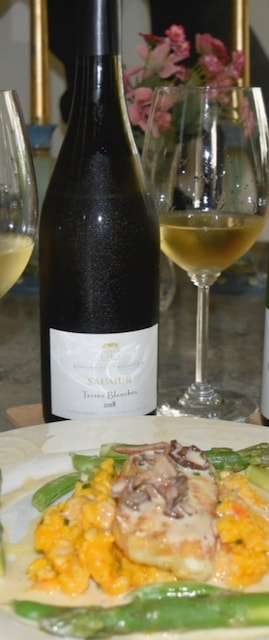
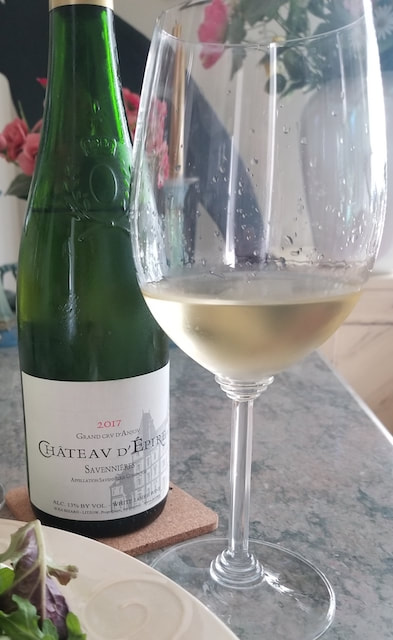
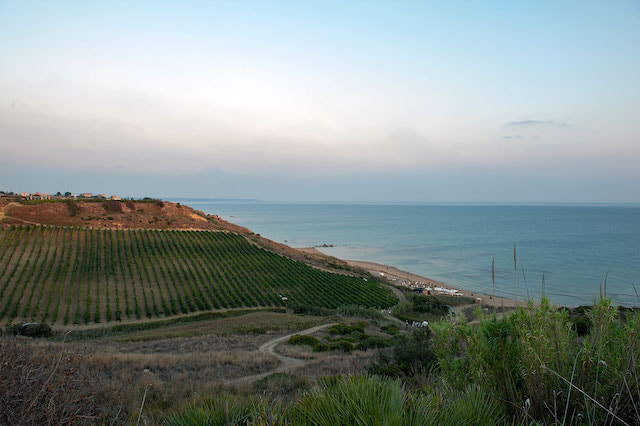
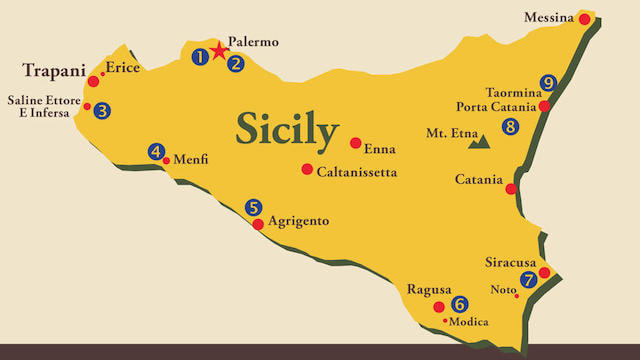
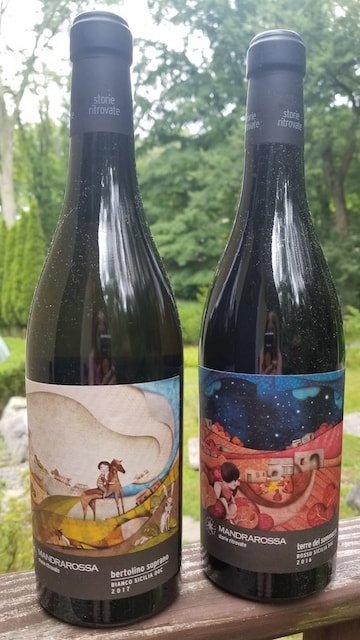
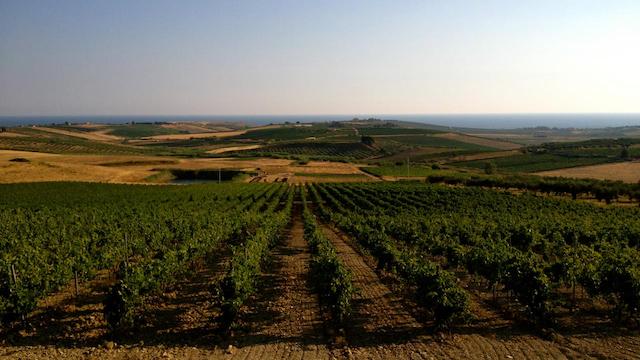
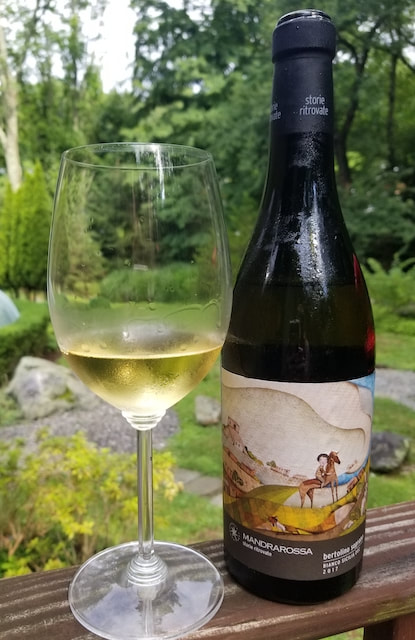
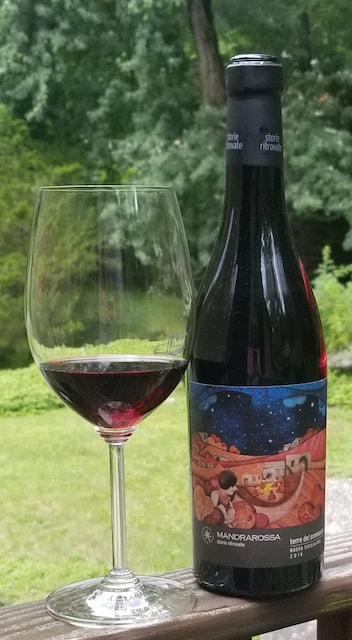
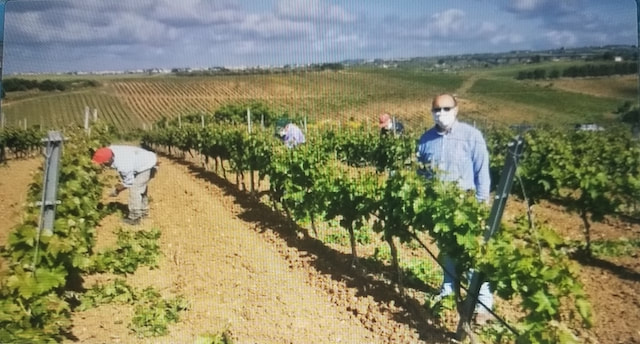
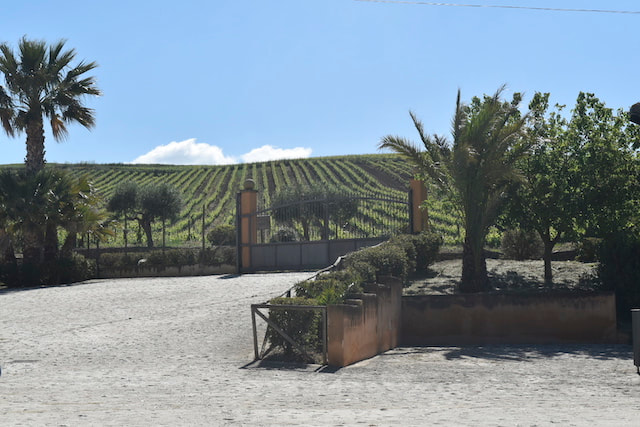
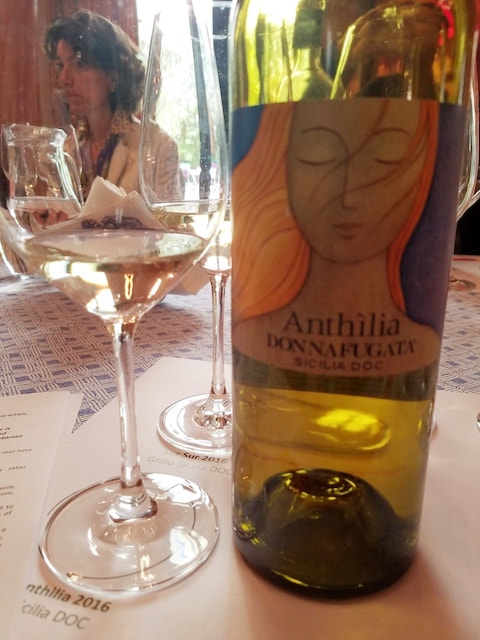
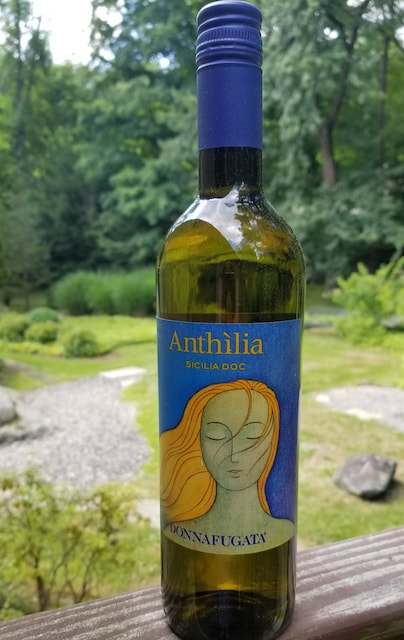
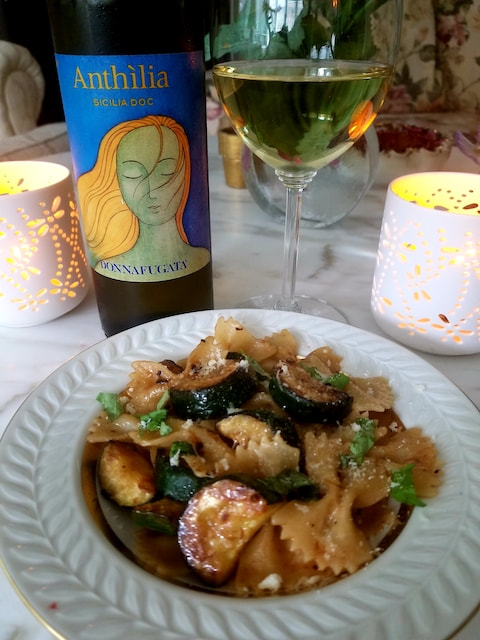
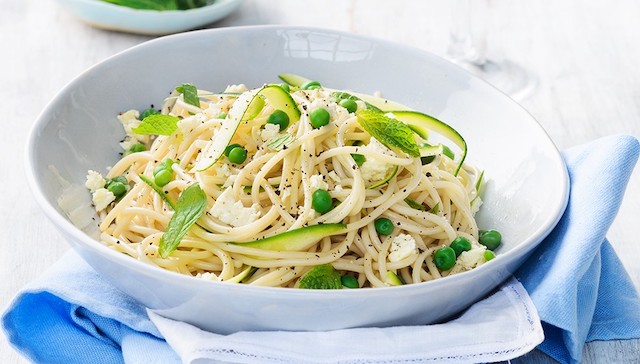
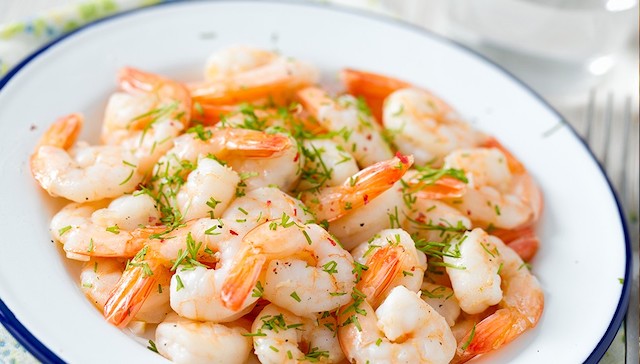
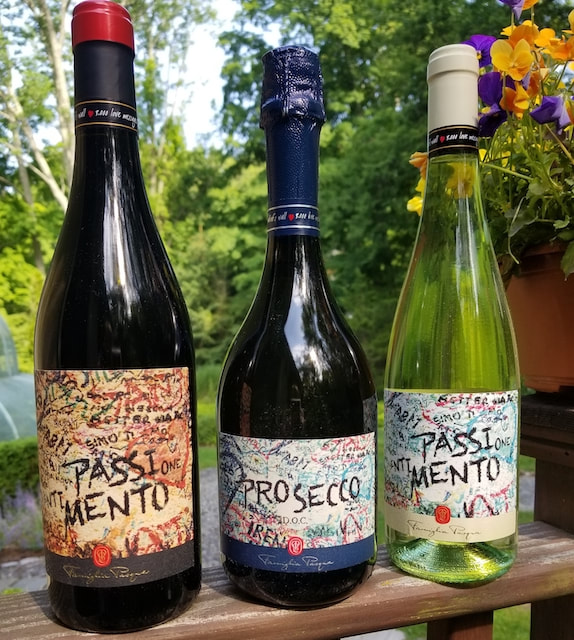
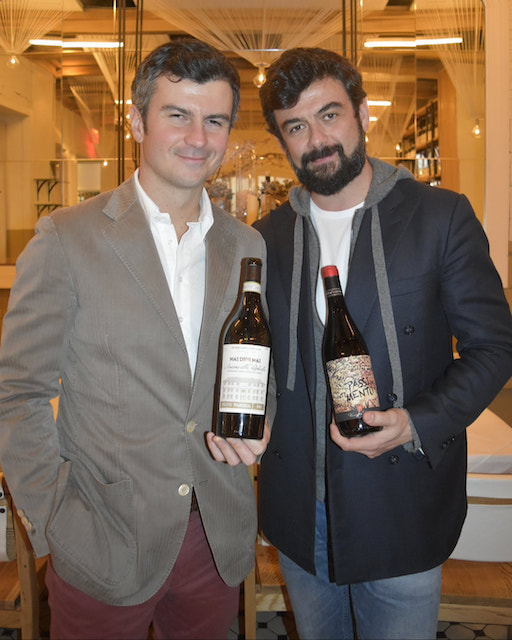
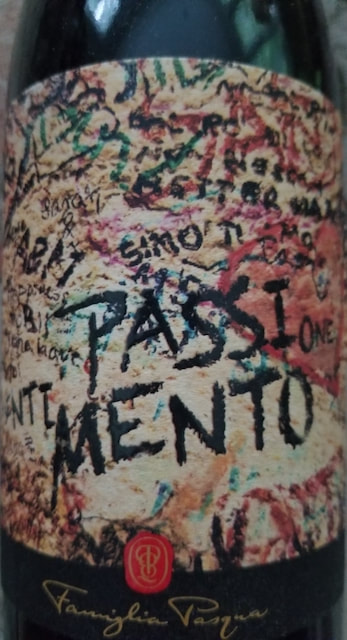
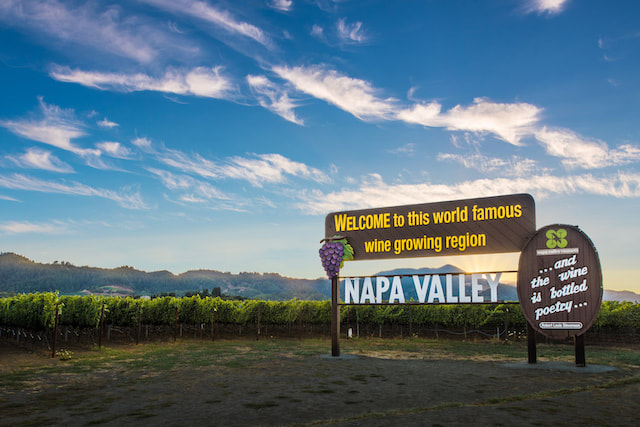
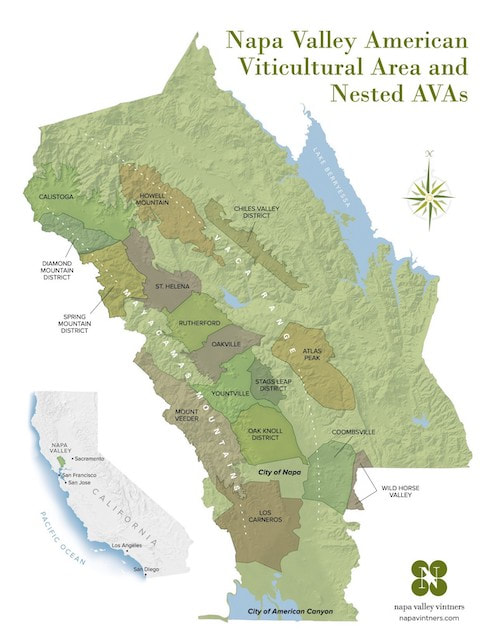
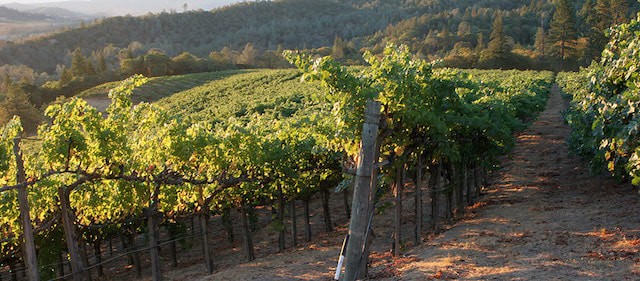
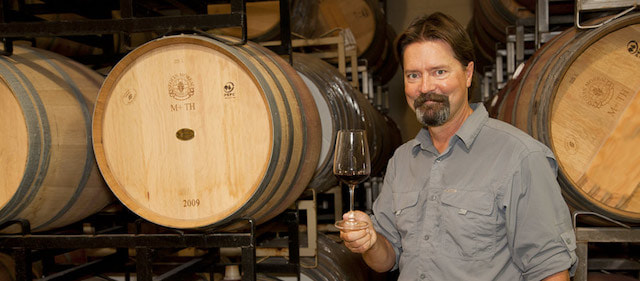
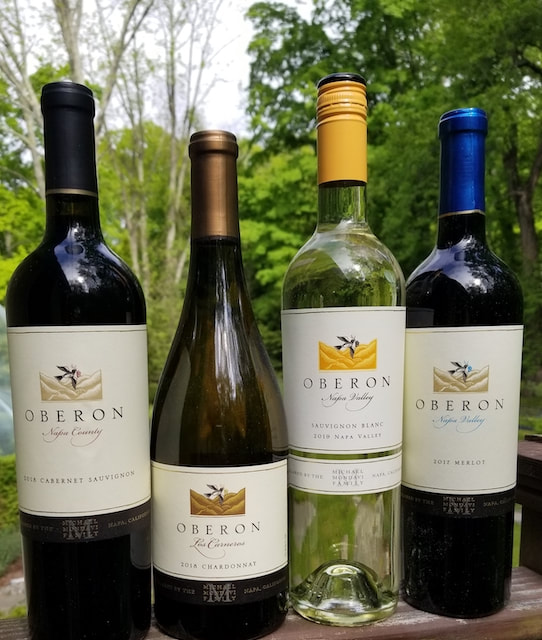
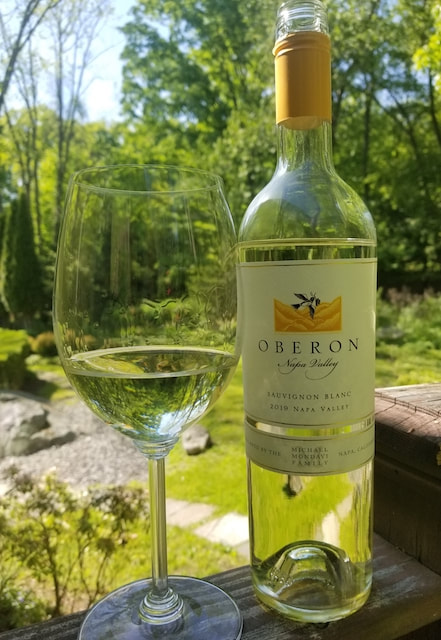
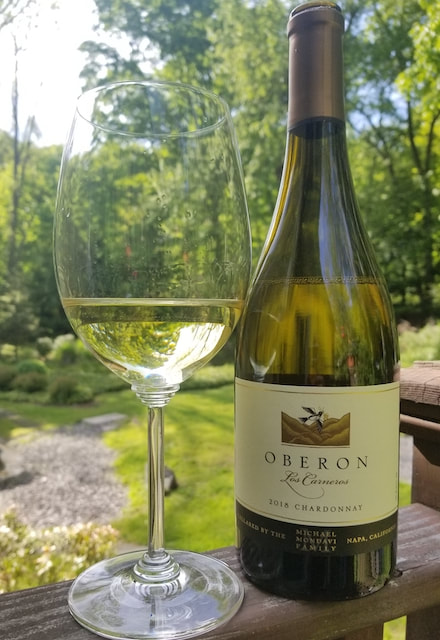
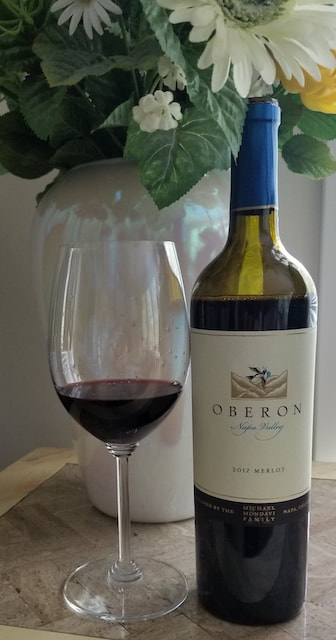
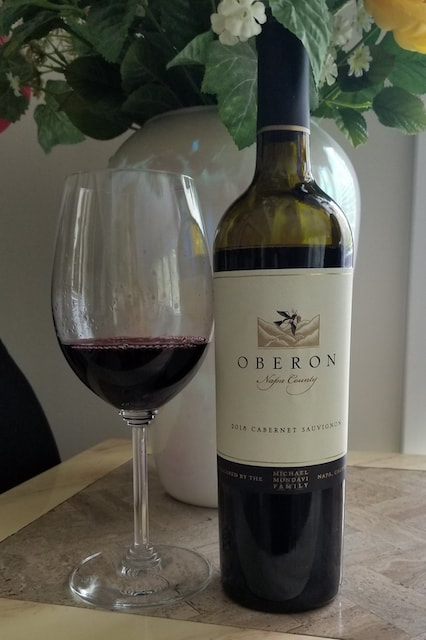
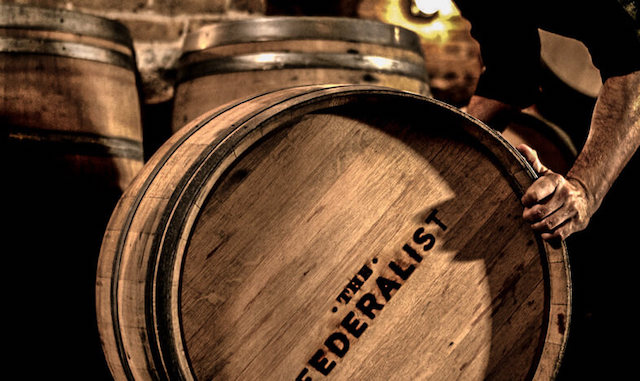
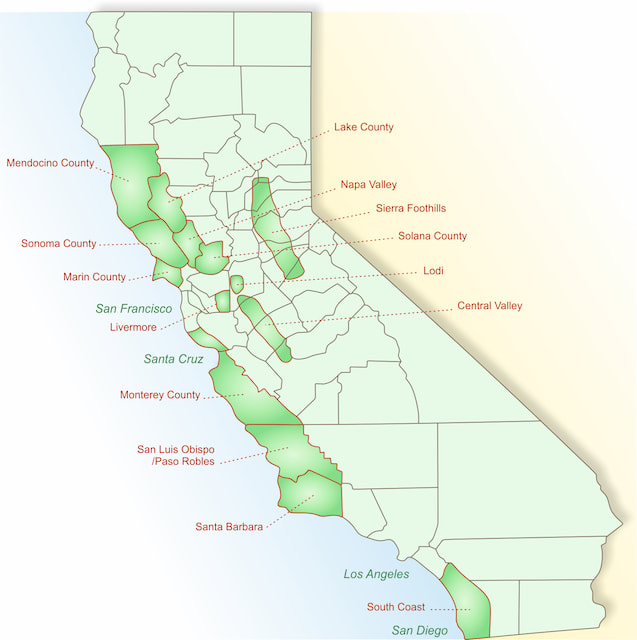
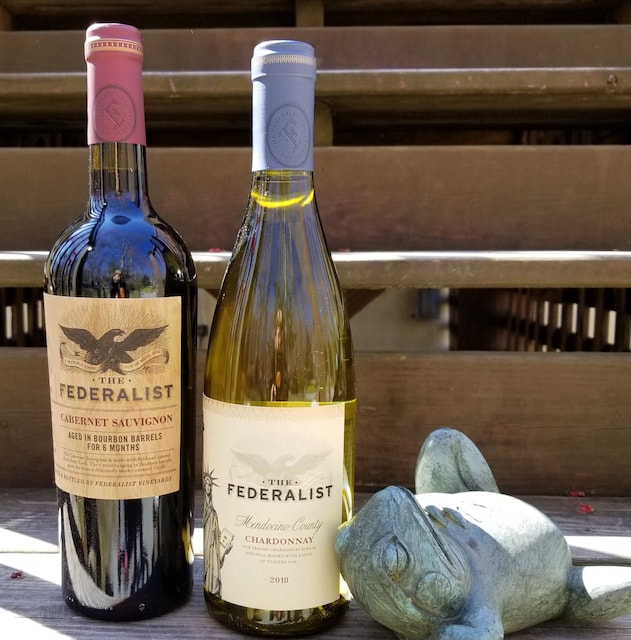
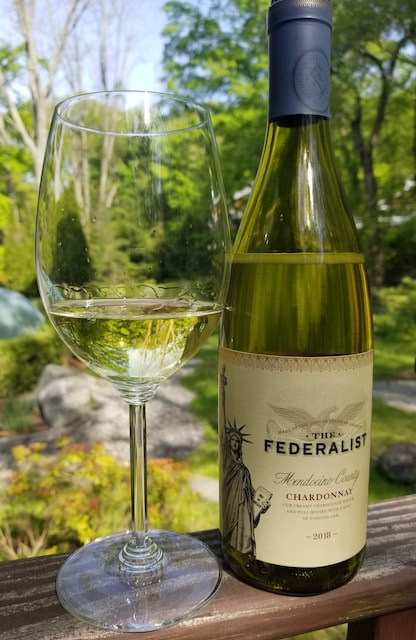
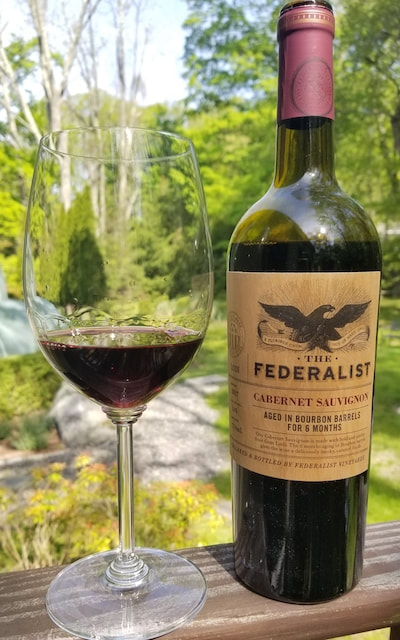
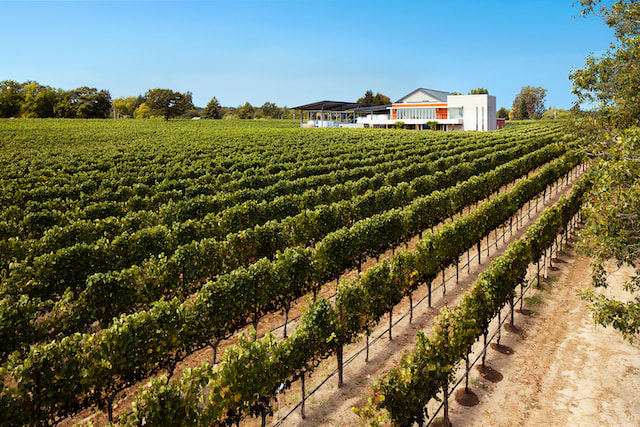

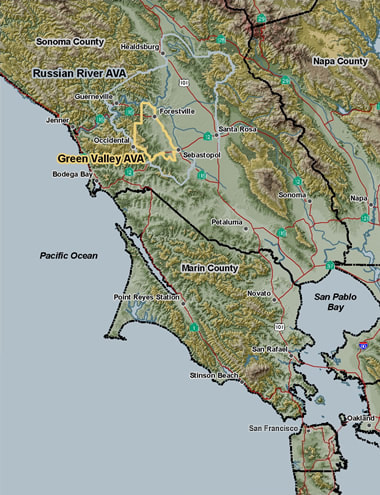
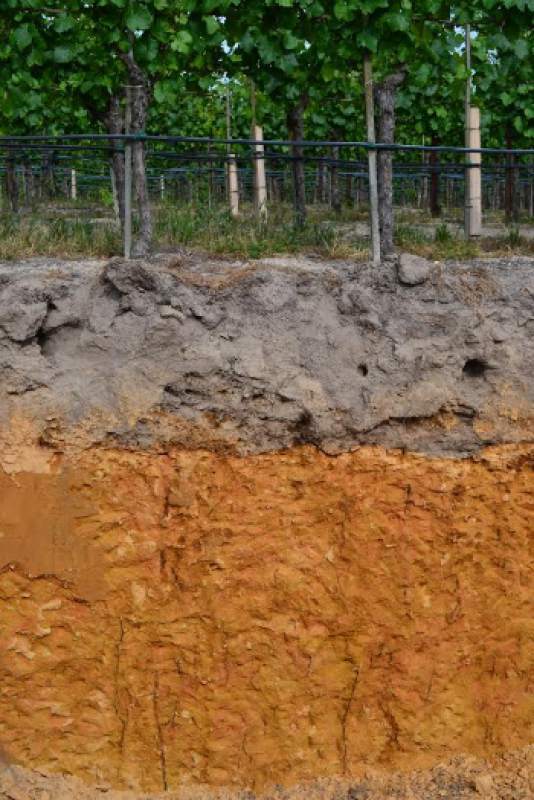
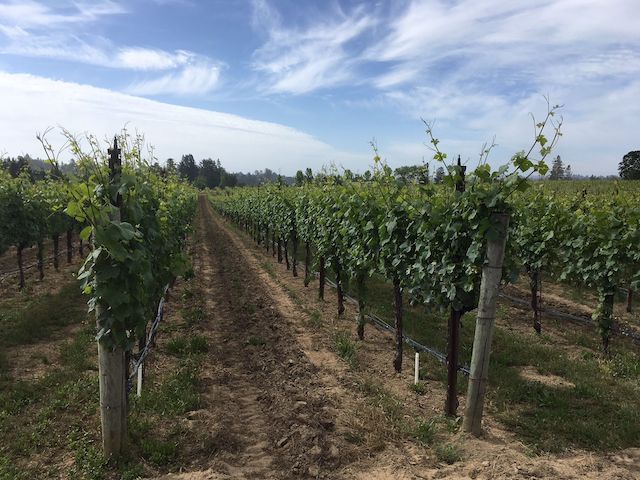
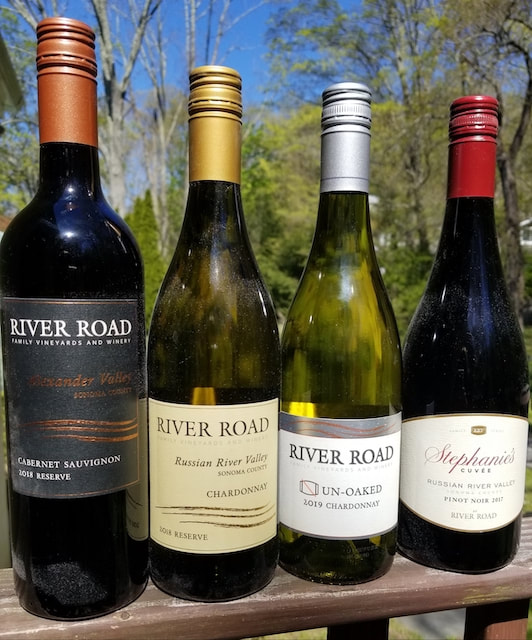
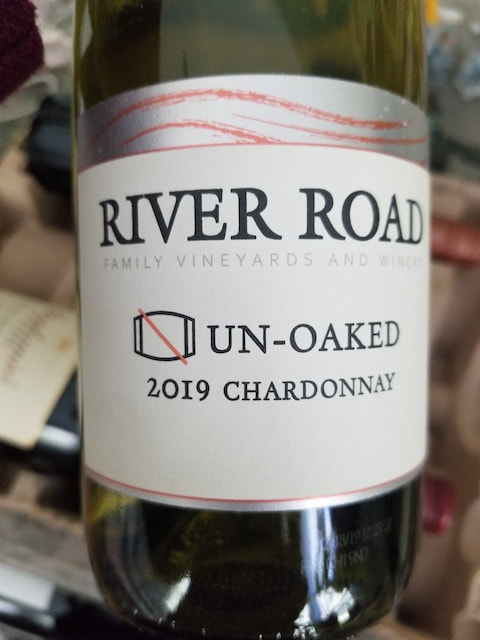
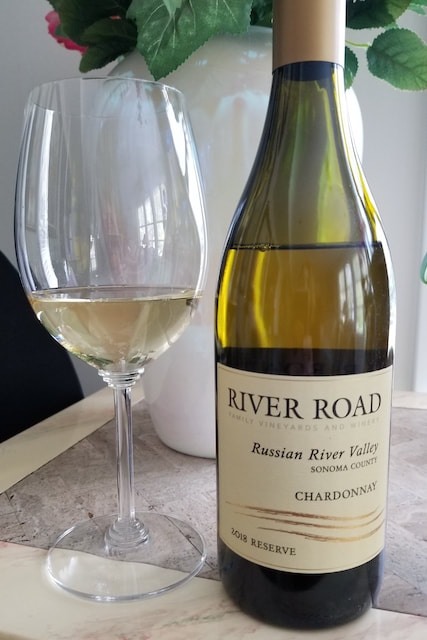
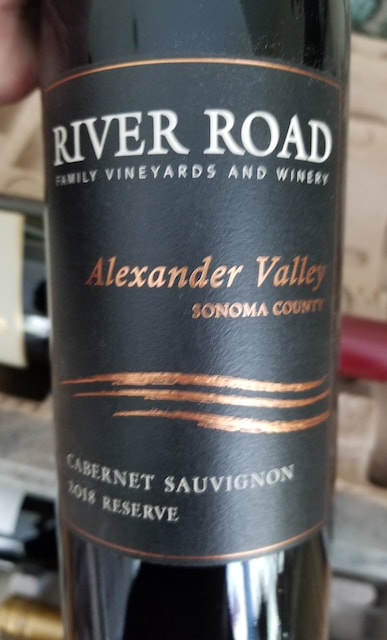
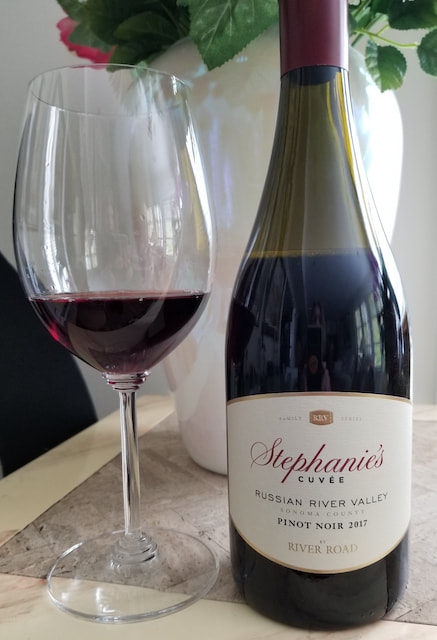
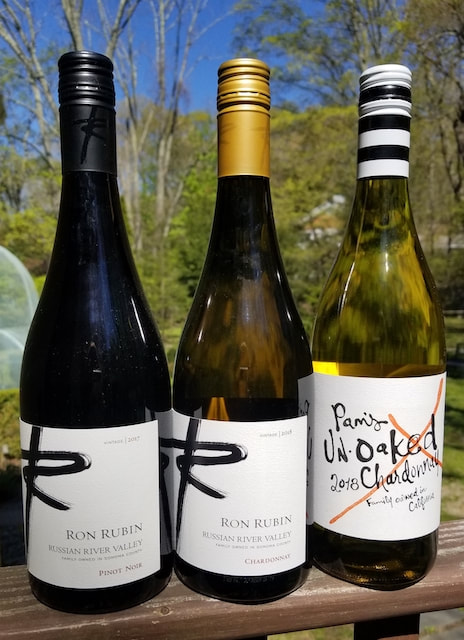
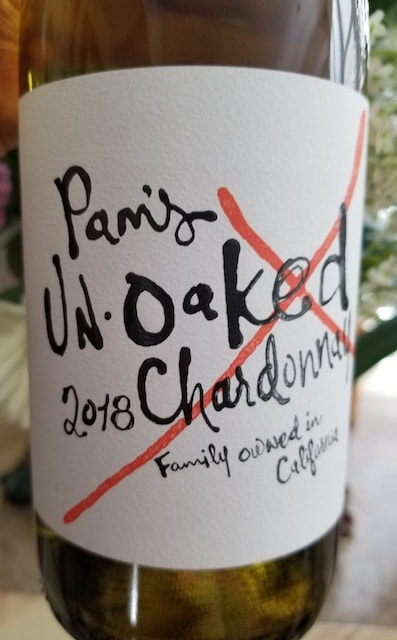
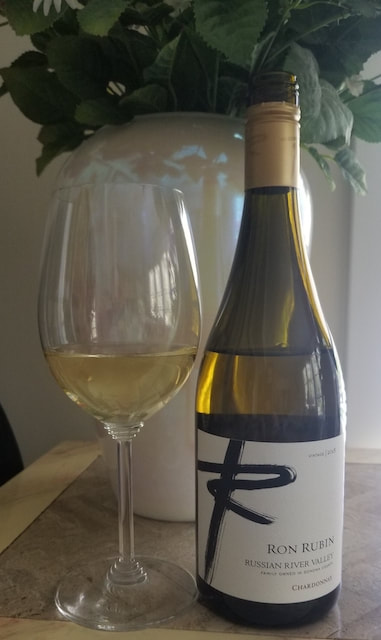
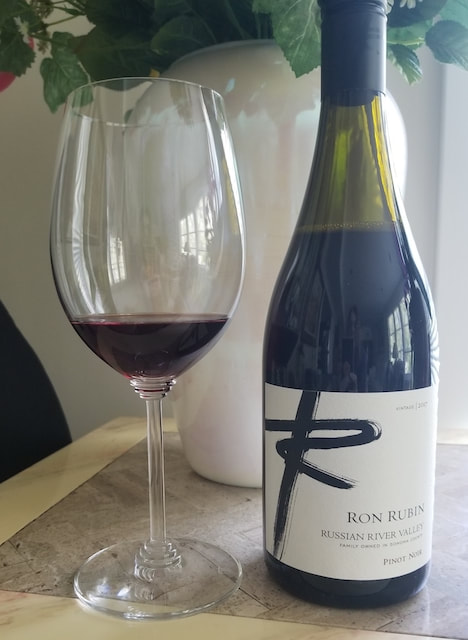
 RSS Feed
RSS Feed